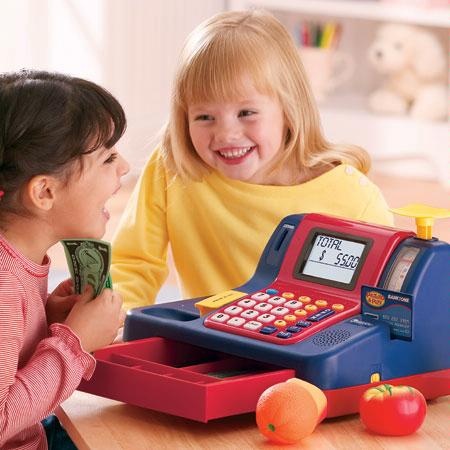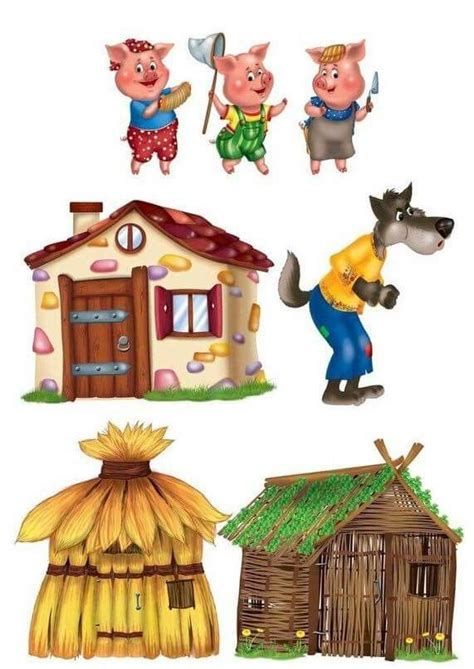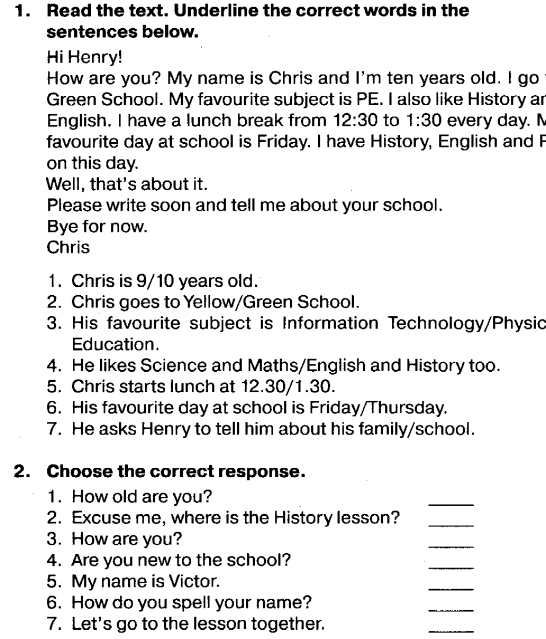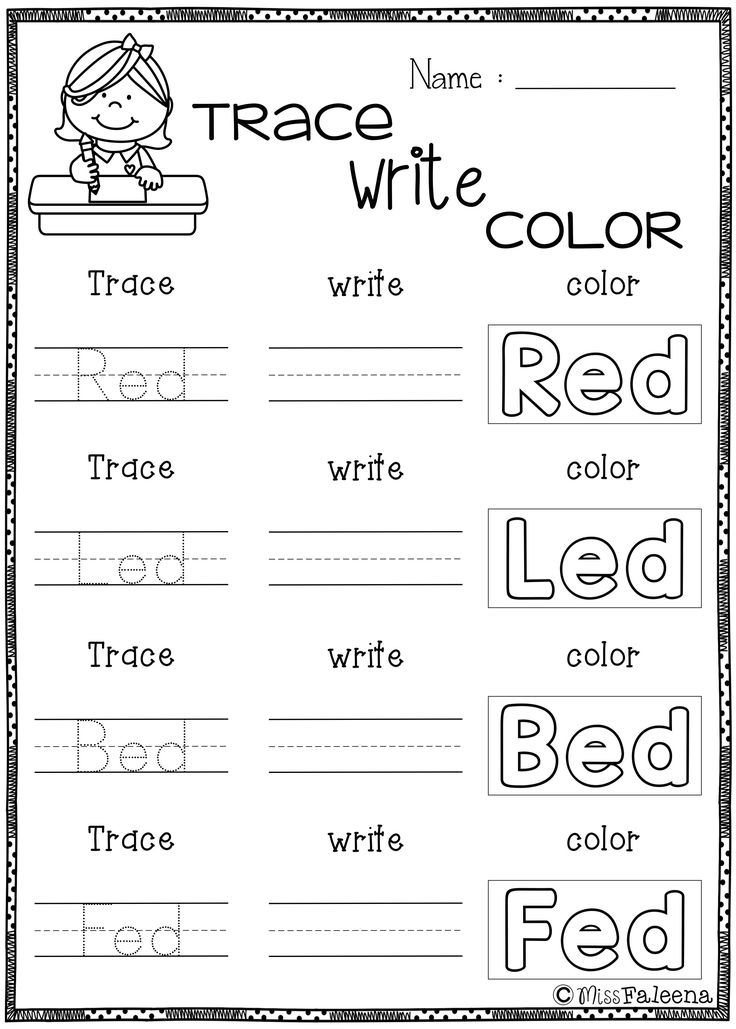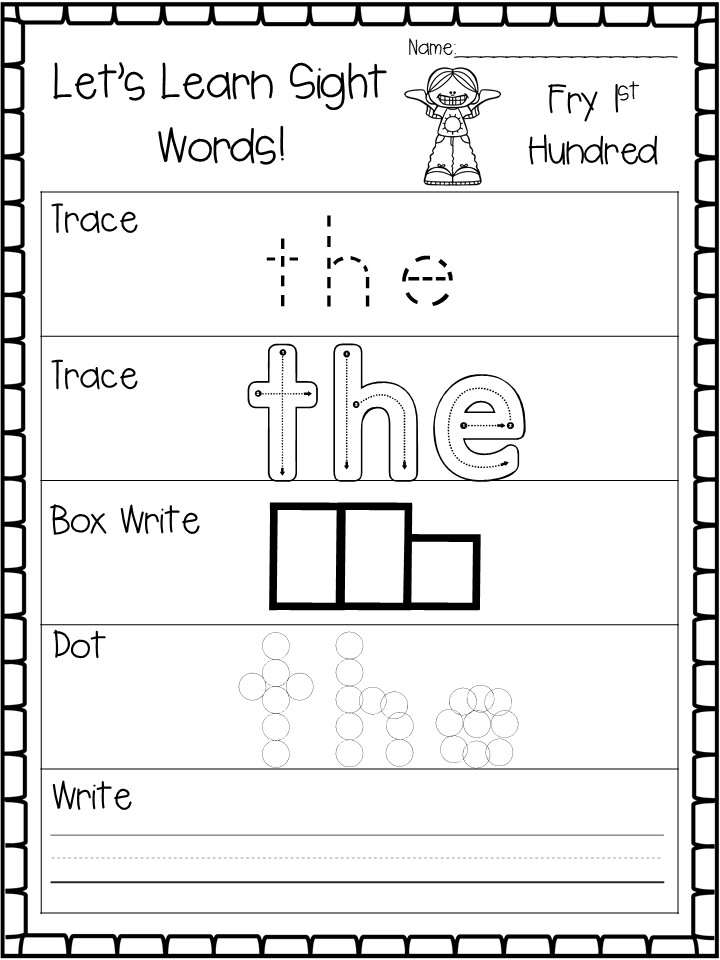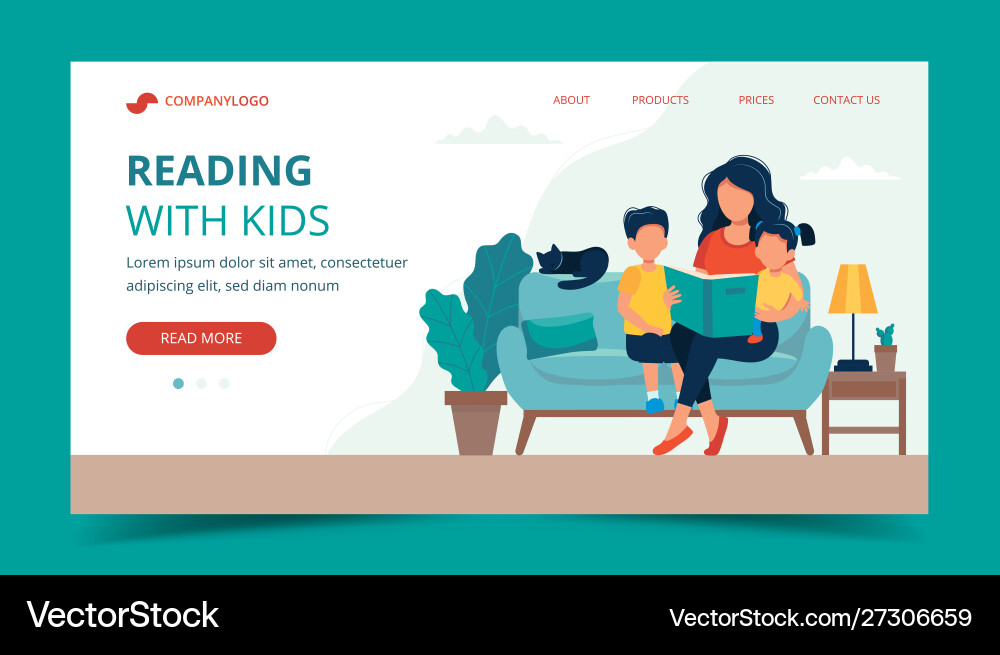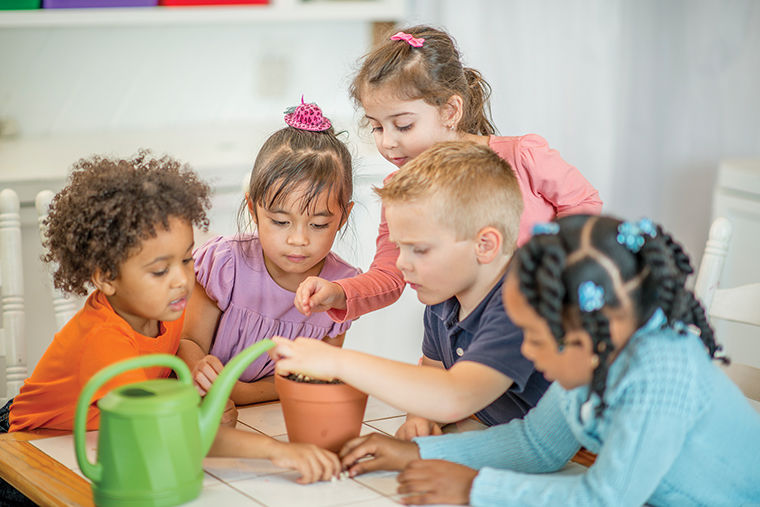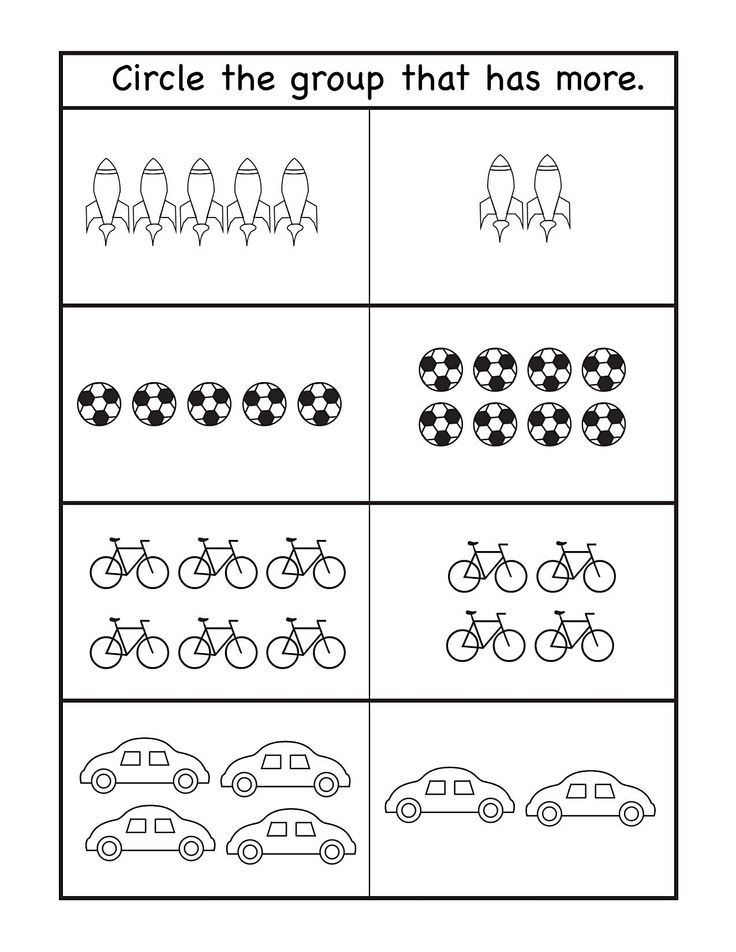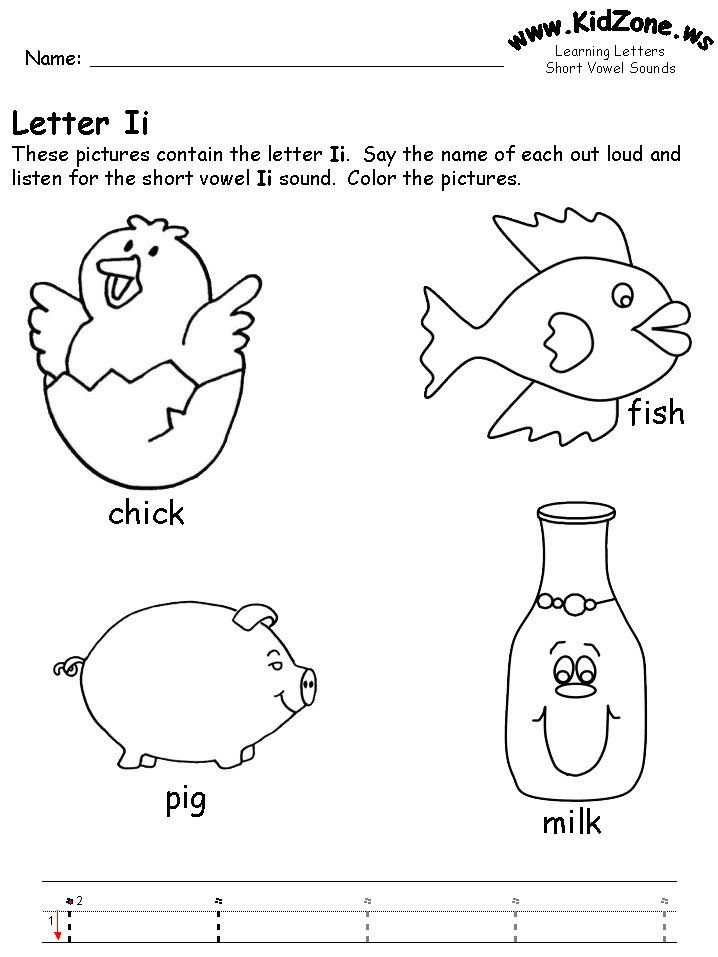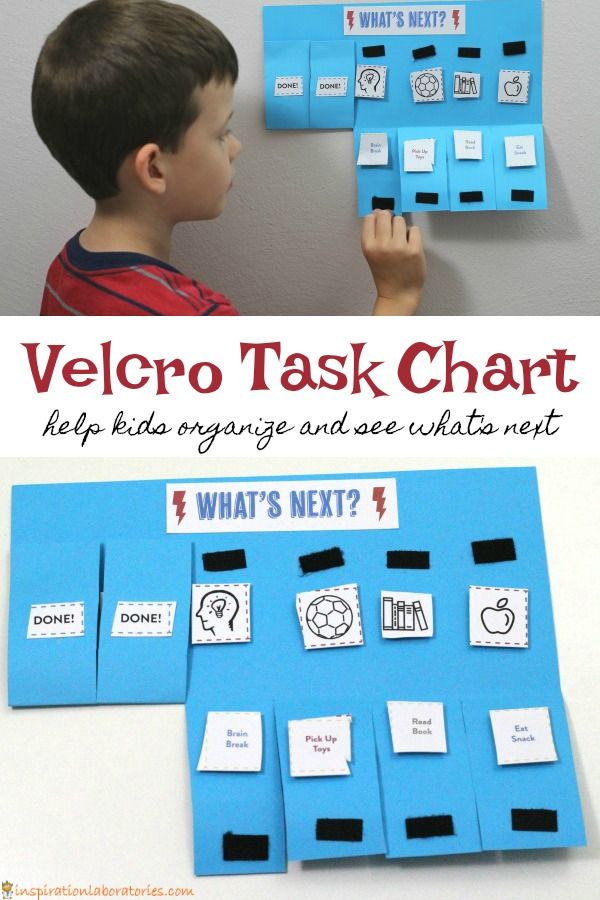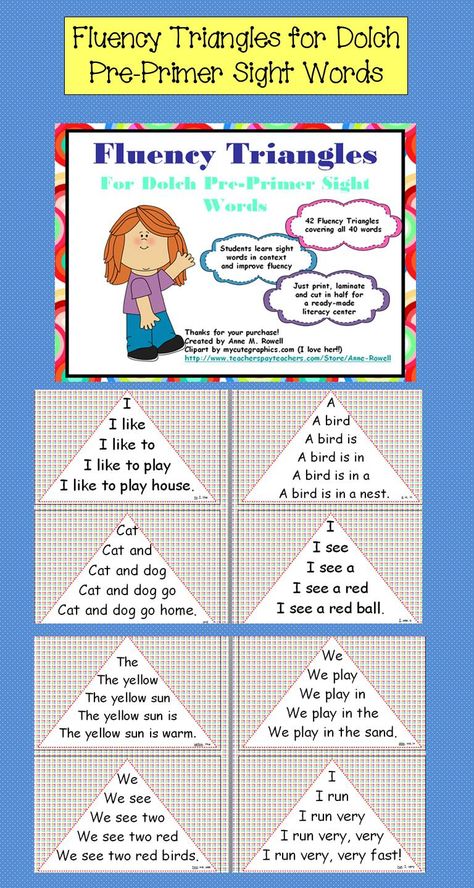Learning tool 4 kids
A Teacher's Guide to 10 Must-Have Educational Toys for 4-Year-Olds
- Share
Are you searching for ideas for educational toys for your 4-year-old?
It can be a little overwhelming sifting through what is basically just lots of catalogues from online toy stores.
Are these items really educational or just bestsellers?
This is not that kind of article. I have written this for parents, with the purpose of explaining what kinds of toys a typical 4-year-old will really benefit and learn from. Some of these toys don’t even need to be bought – you can make them or improvise with other items.
How have I defined an educational toy?
It must develop a specific skill or multiple skills. The kinds I am talking about are:
- Motor skills
- Concentration
- Problem-solving
- Language and vocabulary
- Thinking
- Early mathematical skills
- Pre-reading skills
I have also chosen toys you will find in a typical preschool classroom. If it isn’t usually found in a classroom, it’s probably not really that educational.
This means far less gimmicky items; less flashing lights and batteries; less computer ‘learning’ programs; less developmentally inappropriate learning aids and less pre-planned crafts-in-a-box.
It also means more regular, old-fashioned toys that children still learn from.
So, here goes…
This post contains affiliate links for educational products that I personally recommend. If you purchase through one of them, I earn a commission at no extra cost to you. Read the terms and conditions for more details.
What are the Best Educational Toys for 4-Year-Olds?Here are some of the best learning resources for 4-year-olds:
1. Wooden BlocksOne of the best investments you can make is to buy a good set of wooden blocks that your children will use for years.
They should be large blocks in various shapes, with flat and round edges.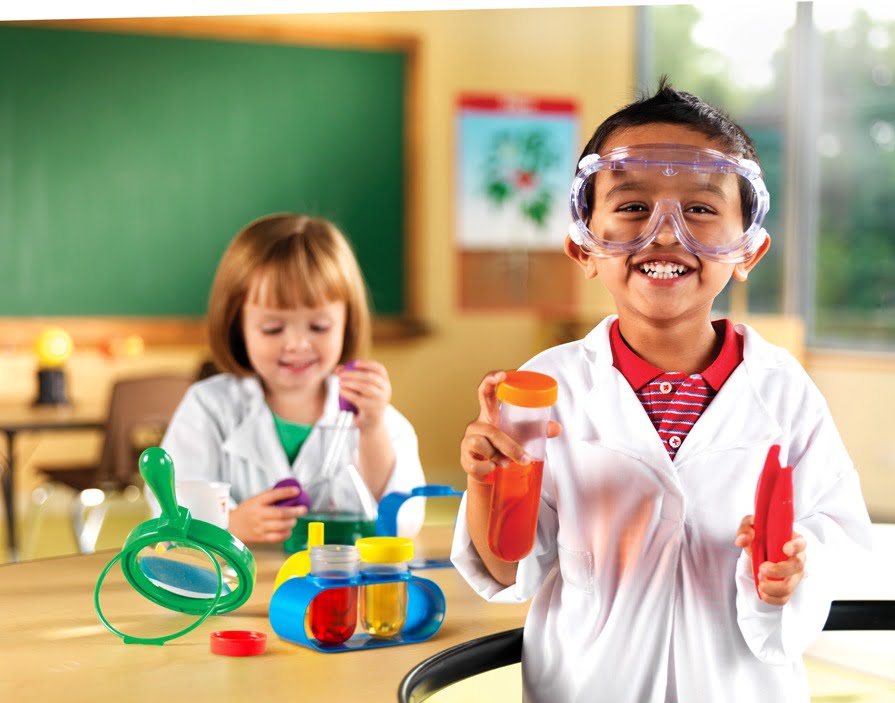 Here is a good set.
Here is a good set.
Little alphabet blocks or small foam or plastic blocks can also be fun but will never provide the same educational value as a proper set of blocks. Your children are never going to learn the alphabet from blocks!
Blocks are great for so many reasons:
- Children build cognitive skills as they progress through the stages of block play
- Blocks build fine and gross motor skills as they require a combination of using the small muscles as well as using large muscles for bigger constructions
- Block play leads to fantasy play (building a castle can lead to acting out related scenes, especially if you add props such as figurines or a dragon)
- Spending time becoming engrossed in construction builds concentration span over time
- Building develops creativity, imagination and problem-solving skills
- Playing with blocks develops pre-mathematical concepts. A simple activity such as building towers develops skills such as learning the value of a number, comparing numbers (more, less), sizes, lengths, etc.
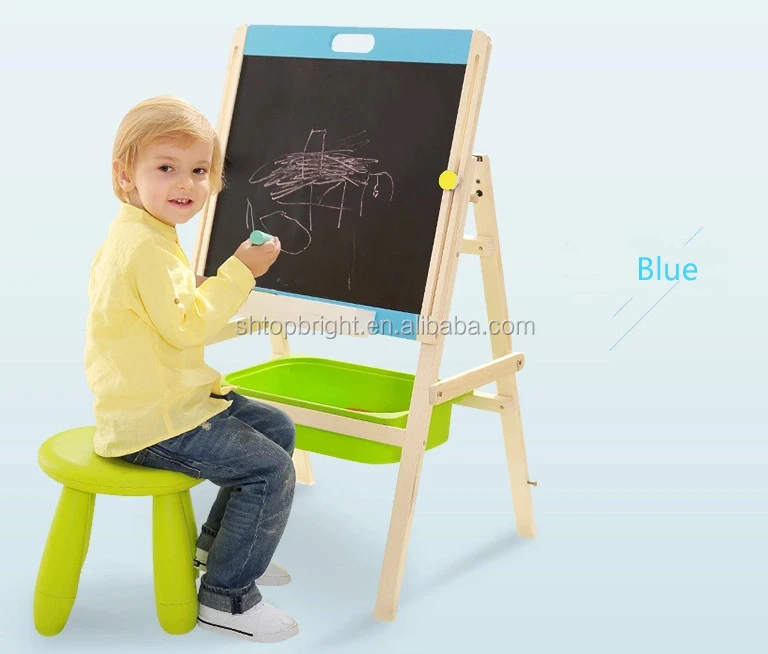
Girls love block play just as much as boys and should not be given different toys solely because of gender.
2. PuzzlesPuzzles are another kind of activity that builds multiple skills. Every young child absolutely must have exposure to them at home.
Puzzles develop fine motor skills and sharpen hand-eye coordination. Large floor puzzles work on gross motor skills, including crossing the midline – crossing over to the left side of the body with the right arm and vice versa.
They teach children to concentrate and persevere on a task until it is complete.
They also encourage thinking and problem solving as they are challenging and, by their nature, need to be solved to be completed.
My favourite benefit your children will derive from building them is that they are excellent for developing visual perception – a vital pre-reading skill.
As with blocks, the best kinds of puzzles are wooden and sturdy.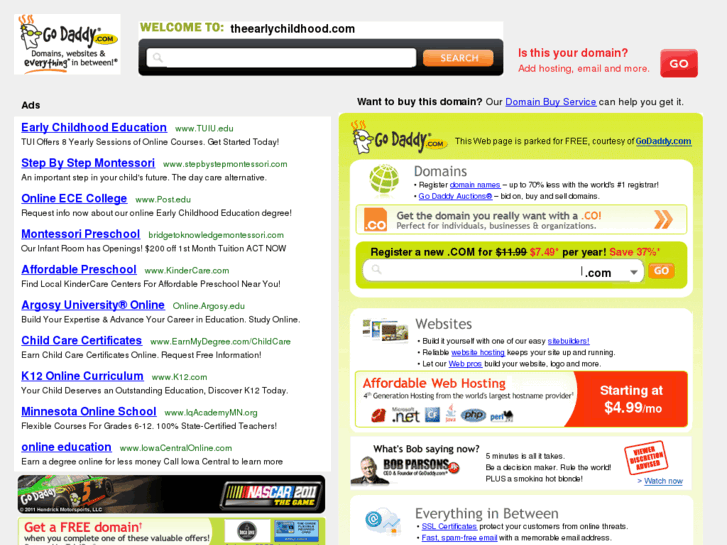 These come with a handy wooden box. Older preschoolers may prefer 24-piece puzzles.
These come with a handy wooden box. Older preschoolers may prefer 24-piece puzzles.
Get your own printable puzzles by downloading the FREE set of printables at the end of the post.
Read about why puzzles are important for development.
3. PegboardsPegboards are one of the best activities to target fine motor skills. You can buy bigger pegs for toddlers but 4-year-olds should be able to handle the standard small pegs.
Placing pegs into the holes is an intricate exercise that requires a lot of focus and will exercise and teach the finger muscles to control an object – which will later help to control a pencil when writing. It also develops hand-eye coordination.
Children love playing with pegboards as they are a different kind of creative expression. Instead of drawing, they are able to create images with the pegs.
Most pegboard sets also come with pattern cards which children must follow to recreate the pattern. This is another way of developing visual perception.
This is another way of developing visual perception.
Threading and lacing are activities that are encouraged regularly in preschool. They require a lot of fine motor control and are therefore a good pre-writing activity.
If you’d like to teach your children to write, the only way to start is with these kinds of activities. Children must do regular fine motor activities during preschool to develop the control to write.
What is the difference between the two? Threading requires stringing beads or other objects with a hollow centre onto a string or thread, but you lace by weaving the string or thread into and out of holes (as you would a shoelace).
Here are some fun zoo lacing cards and a set of beads for threading.
Here are two simple ways to do this at home:
- Threading – make a macaroni necklace
- Lacing – weave a string around a paper plate with holes punched in it
Here are some excellent fine motor skills toys you probably already have at home and don’t need to buy.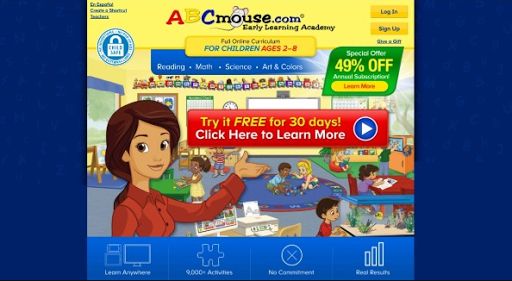
Memory card games are one of my favourite activities. If you don’t have a set of cards at home, this is a game you can make by printing or drawing small pairs of pictures on small cards (each picture must have an exact copy).
Better yet, download your own set of printable memory card games (at the end of the post).
Here’s a sneak preview of some of the cards in this pack:
This is how you play:
- It is best played with two players, but more is also ok
- Shuffle both sets of pictures and lay them all face down on the table
- Take turns choosing two cards each and turn them face up
- If the cards match, you keep them
- If they don’t match, you turn them both face down
- Continue turning two at a time until all the cards have been matched
- The winner is the person who has accumulated the most matching sets
Aside from building memory, this kind of game also develops other skills.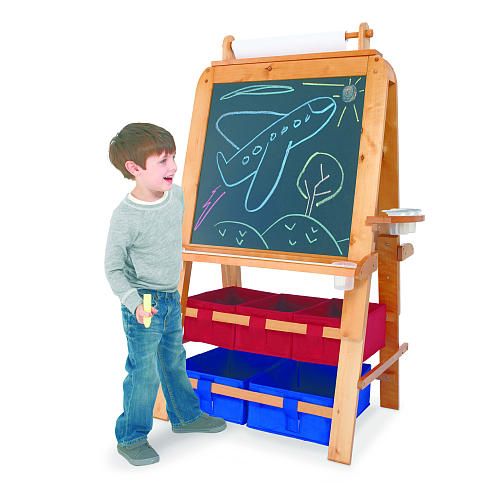
Games build a child’s social skills and ability to cooperate and follow set rules. They develop a child’s decision-making skills. And any game that has a child sitting for a period of time has a long term effect on their attention span.
6. Dress-up Clothes and PropsThese are the kinds of toys you can end up spending a lot of money on, unnecessarily. Imaginative play – also called fantasy, symbolic, dress-up or pretend play – is essential for a child’s development and should be encouraged by providing dress-up items and props.
Children learn about their world and express themselves when engaging in symbolic play. It is also when they build their language and vocabulary.
There are many great props available, such as kitchen sets, dollhouses, dress-up sets, etc. These are certainly educational, however, take it a step further and provide your children with props that will spark their imagination and get them to think and be creative, using the materials they have.
True symbolic play is actually when a child uses an item to represent another and is a more advanced form of play than playing with a toy that has a clear purpose.
An example is using a block to represent a phone, instead of playing with a toy phone, or making a doll’s house out of a cardboard box.
You can encourage this play by offering a variety of props such as a scarf, rain boots, an interesting hat, a wand (or a regular stick), etc.
Ideally, it would be great to have an area in a bedroom or house, especially for dress-up props, that your child will often revisit. Separate areas can create a positive learning environment at home.
7. Construction ToysAside from having a good set of blocks, children should also have other kinds of construction toys at home.
Things that link, stack, fit together, hook together, or are magnetic are all types of construction toys.
These toys develop:
- Early technology skills
- Creativity and imagination
- Problem solving
- Fine motor control
- Hand-eye coordination
- Gross motor control
- Attention span
- Thinking skills
- Vocabulary
- Visual perception
- Early mathematical skills
Regular Lego is one of the best kinds!
8.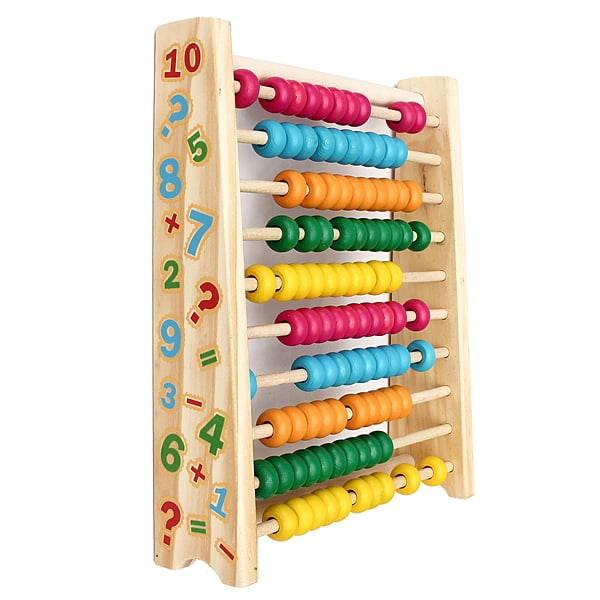 Musical Instruments
Musical InstrumentsChildren learn through musical activities and should be encouraged to play with instruments regularly.
These can be bought but are perfect creative art activities. Simple instruments like shakers or bells can easily be made. Some can also be improvised – such as using pot lids as cymbals or using a bowl and wooden spoon as a drum.
Here is a great set of instruments.
Musical activities teach children about rhyme, rhythm, syllables and sounds. They develop a child’s auditory perception – one of the most important pre-reading skills.
Here are some music games to play with your children.
9. GamesThe more children play with technology-based toys, the less they seem to have exposure to regular games.
Games that you find in a box – board games, sequencing cards, matching games, etc – are so important and educational for young children.
As you can see from most of these toys, they all develop a multitude of skills, and games are no different.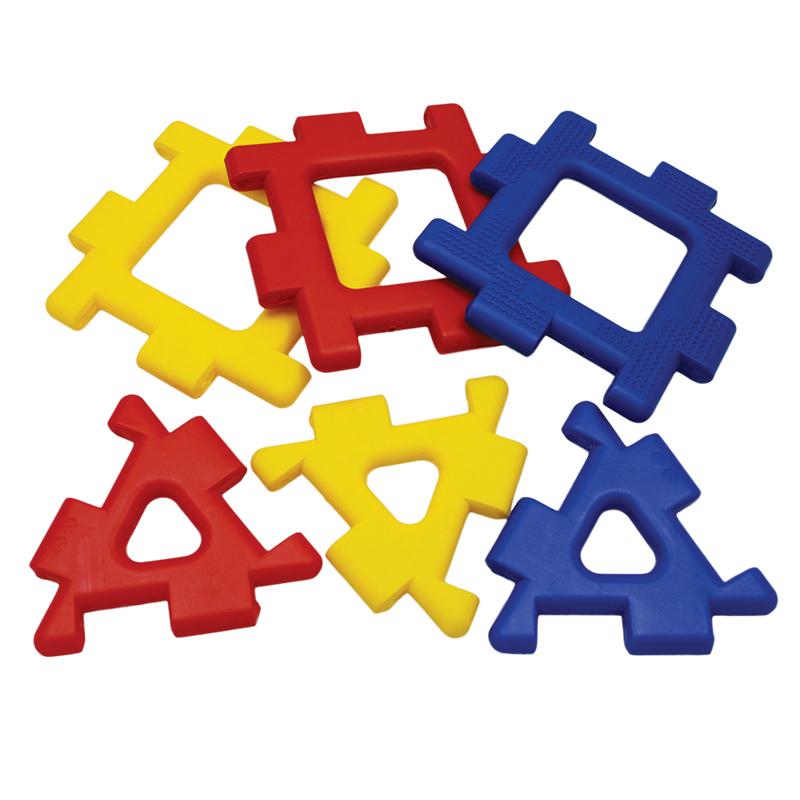 In fact, the best kinds of toys work on motor, social and cognitive skills at the same time.
In fact, the best kinds of toys work on motor, social and cognitive skills at the same time.
Emotional development is just as important and playing with a game can be very stress-releasing, not to mention rewarding when completed, which leads to a child’s overall feelings of success and competence.
10. Active Outdoor ToysOutdoor toys do not have to be complicated or expensive.
There is huge value in anything that gets your kids outdoors such as wooden wagons, carts, balls, bats, beanbags, tricycles, balancing beams, containers or buckets for water and sand play, gardening tools, skipping ropes and hula hoops, etc.
Active play is the most important thing a 4-year-old should be spending their time on.
The more active your child is, the more she will learn.
And that’s it! Your 4-year-old is not yet ready for formal learning but is also old enough now to play with some really stimulating items.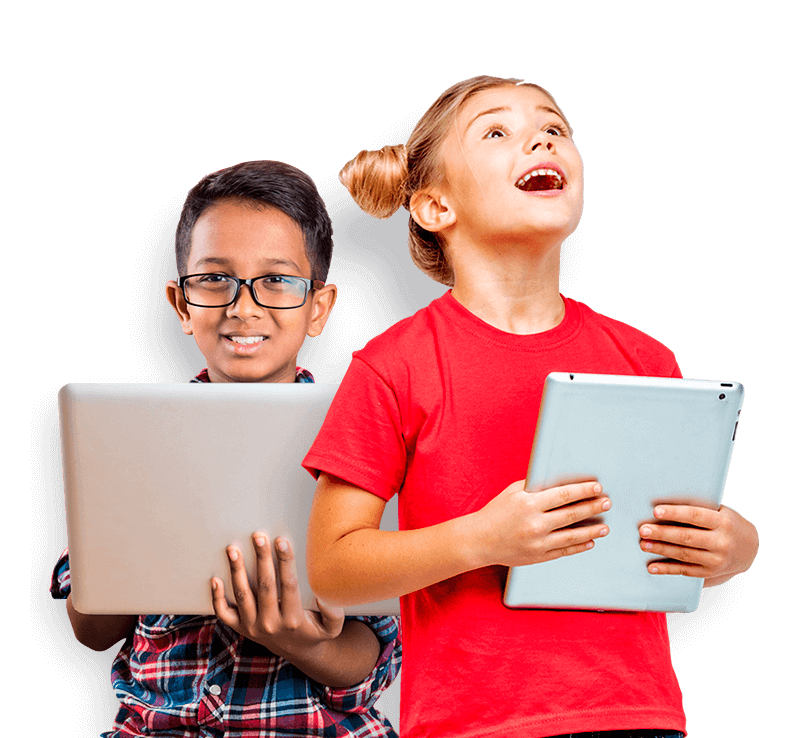
There is still a place for technology-based toys – we live in that world after all – but don’t throw out all the regular ones as they are vital too.
I hope this list has shown the value of some of the most simple and traditional toys.
Get FREE access to Printable Puzzles, Stories, Activity Packs and more!
Join Empowered Parents + and you’ll receive a downloadable set of printable puzzles, games and short stories, as well as the Learning Through Play Activity Pack which includes an entire year of activities for 3 to 6-year-olds.
Access is free forever.
Signing up for a free Grow account is fast and easy and will allow you to bookmark articles to read later, on this website as well as many websites worldwide that use Grow.
- Share
Free Learning Tools for Kids
As a parent and/or teacher, you no doubt want to provide quality education for your children. Believe it or not, there are hundreds of learning tools for kids of all ages available. However, with so many options, it can be close to impossible to find quality learning tools that are not only educational but fun and enjoyable for children. In the end, you want to cultivate a love of learning in your children rather than force education on them.
Believe it or not, there are hundreds of learning tools for kids of all ages available. However, with so many options, it can be close to impossible to find quality learning tools that are not only educational but fun and enjoyable for children. In the end, you want to cultivate a love of learning in your children rather than force education on them.
Whether your child is an infant, in preschool, attending kindergarten, or enrolled in elementary school, there are learning tools available that are tailored to their needs. If your child needs to catch up on a certain subject or simply get ahead in another, check out our comprehensive educational guide for children!
Table of Contents
- Learning Tools for Kids
- Educational Videos for Kids
- Educational Videos for Toddlers
- Kindergarten Websites
- Preschool Websites
- Science Websites for Kids
- Free Educational Apps for Kids
- Educational Apps for Toddlers
- Educational Apps for Preschoolers
- Educational Movies for Kids
- Reading Websites for Elementary Students
- Reading Websites for Kindergarten
- Science Books for Kids
Learning Tools for Kids
Basic learning tools are great resources to simply get children excited about learning. Any of these resources will no doubt help to stimulate their young minds and get them involved in their lessons. Keep reading to find the top learning tools for kids!
Any of these resources will no doubt help to stimulate their young minds and get them involved in their lessons. Keep reading to find the top learning tools for kids!
SlideShare – Not only can you gain more knowledge through this website, but you can also share knowledge in the community through uploading your own presentations.
TedEd – If you have ideas worth spreading, TedEd is the most popular platform for kids of all ages to create and learn!
Khan Academy – An educational website for every student in every type of classroom. Their mission is to provide a free, exceptional class education for anyone and everyone.
Time4Learning – This online education platform is perfect for students at any grade level. They even offer help with kids that are homeschooled.
Time4Writing – Have a child that is homeschooled? This website is perfect to alleviate the stress of grading papers and assignments because here they provide you with actual teachers to grade papers.
Glogster – This is a learning platform that strives to empower kids to express themselves and their knowledge through this online multimedia digital poster.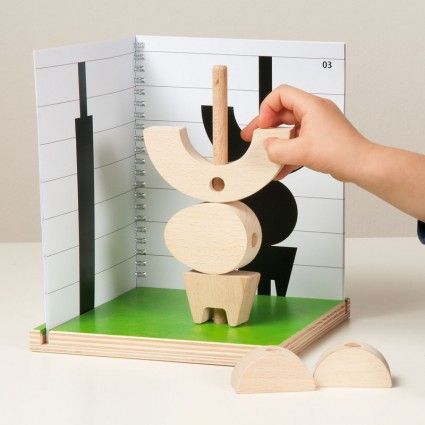
Proprofs – Ready to test your knowledge? Proprofs enables you to make quizzes with over 100k easy to use templates.
Powtoon – Presentations have never been this engaging! Powtoon is a completely customizable powerpoint presentation tool that boosts your audience’s engagement.
Learning Resources – Learning Resources will help you take learning from books to real life with engaging children’s toys that are easy to shop for!
PBS Kids – A highly interactive website, your child gets access to games, videos and other animated cartoon characters great for young children.
Educational Videos for Kids
Videos are great learning tools because they give a visual representation of what is being discussed. When children watch videos, they are more likely to remember what they learned and be engaged in the topics. Check out these top educational videos for kids!
WatchKnowLearn – From language arts to technology, this tool offers free educational videos in all subjects.
LearningGamesForKids – Focused on kids in elementary school, this curriculum helps children build a strong foundation in education through informative videos!
StoryBots – Enter a world of learning and fun with StoryBots. They have award-winning content that allows users to stream videos from a variety of websites, providing content that’s easy to access.
CuriosityStream – With a total of over 2,400 shows, you are able to stream educational videos from any topic or genre. With a low monthly fee, these videos are accessible through IPhones, IPad, Android or SmartTV.
Big Think – This website is a great platform that contains a wide selection of interviews, presentations, and roundtable discussions. All of the resources are from reliable and credible sources.
Turtle Diary – Turtle Diary is where interactive activities meet educational videos. They focus on making learning tough subjects fun!
Learning Station Music – Learning Station utilizes music to teach children fundamental lessons in child development. From alphabet songs to number songs, your options are limitless.
From alphabet songs to number songs, your options are limitless.
National Geographic Kids – NatGeo Kids covers all topics concerning geography and wildlife. Their categories include animals and exploration with interactive games and quizzes.
Educational Videos For Toddlers
As with kids, toddlers are often enraptured with television. They love watching little cartoon characters go on adventures. So why not make sure those videos are educational? Here are the top resources for finding educational videos for toddlers!
Kids TV – Kids TV is a Youtube channel that uploads nursery rhymes and baby songs weekly. They also have live youtube videos that stream on a regular basis.
Muslim Kids – Targeted to Muslim children, this website helps kids learn English in a safe way. This includes videos tailored to children, providing high-quality, value-based programs.
Common Sense Media – This is a non-profit organization that provides education and advocacy for families to promote safe technology and media for children of all ages.
AZPM – Offered exclusively to children in Arizona, this public media company is perfect for educating kids on the latest news trends and cartoon television shows for online streaming.
South Florida PBS – This is a PBS kids news source that is available 24/7 including live streaming on digital platforms. South Florida PBS is a great program for after-school viewing.
Education – Educational songs are one of the best ways for children to learn new information and this website is the perfect musical learning tool for kids.
Sesame Street – As a classic kid’s cartoon, Sesame street never fails to teach kids good lessons in a fun and exciting way.
Sheppard Software – With this website, hundreds of free and convenient online learning games are available for kids.
PBS Kids Games – This resource offers educational games in various subjects, such as math to science, giving your kids an endless selection of fun! PBS offers a fun way to learn new subjects through games and online activities.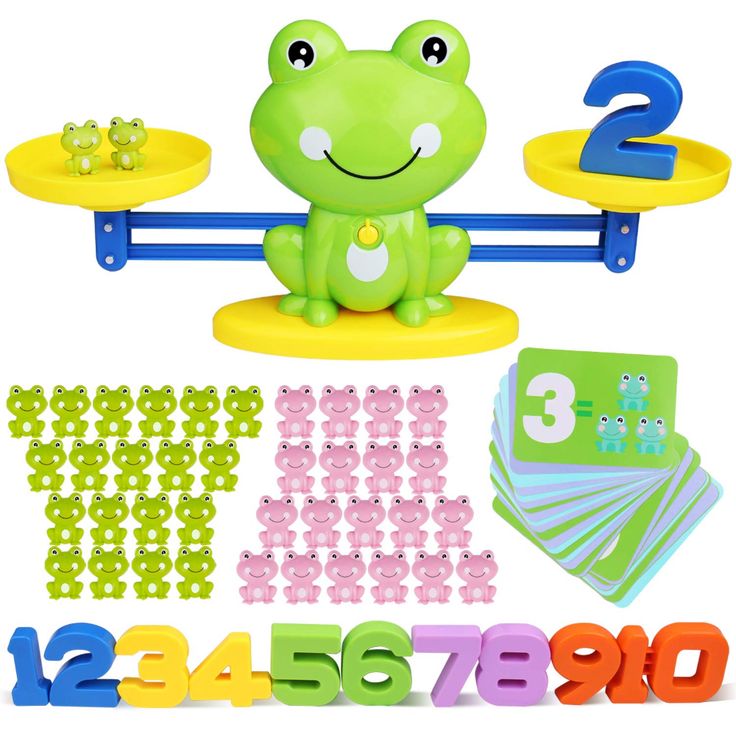
Mr. Nussabaum – This educational website is a tool for parents to use with their children. It is a great resource to boost your child’s learning outside of the classroom!
National Geographic Kids – Nat Geo Kids offers online activities such as games, videos, articles and more, encouraging your child to fully engage in these learning activities.
Fun Brain – Fun Brain is unique because they offer not only interactive games in Math but they also have interactive reading pieces on their website.
Primary Games – Primary Games is a collection of arcade games, puzzles, and videos. Primary games are exclusive to children in first through eighth-grade.
ABCYa – This interactive educational website caters to children in pre-K through sixth grade. They offer a wide collection of games, videos, and audiobooks.
Arcademics – Covering all subjects, Arcademics is one of the most versatile educational websites out there. There are a lot of topics with games for young girls or boys.
Education.com – This website offers resources that support children of all learning types. Every activity is tailored to accommodate each child’s curious mind.
Smarty Games – This is a free online learning platform perfect for kids inside and outside the classroom. They even track the progress of children as they complete educational tasks on the website.
Kindergarten Websites
Kindergarten is a very influential time in a child’s life. Kindergarten websites thus provide a helpful resource for parents, teachers, and homeschooled children to play games, watch videos, and interact with lessons. In the end, these help children learn and grow in their first year of school. Check out these kindergarten websites below!
Curious World – This website boosts academic skills and fosters your child’s curiosity through fun hands-on activities. Curious World is guaranteed to be completely safe and ad-free, whether online or offline.
Agnitus – With over 1,000 curriculum-based learning activities, Agnitus can be used across all platforms such as desktops, laptops, and IPads.
Brain POP – Brain POP has a wide range of school activities ranging from STEM to social studies. It can also be used by educators in the classroom.
FarFaria – If you are trying to help your child improve his or her reading ability, FarFaria is a great tool to help you do so. There are endless genres for you and your child to pick from!
StarFall – Starfall emphasizes exploration, play, and positive reinforcement and is tailored to children from preschool to third grade. The low-cost membership includes animated songs, as well as math and reading activities.
Fun Brain JR – A great resource for young children, topics covered and taught through their curriculum includes math and reading, as well as printable activities. The interactive parent page allows parents to do the activities with their kids.
Preschool Websites
Before children enter kindergarten, it never hurts to prepare them for it. Preschool websites are thus great resources to help kids learn valuable skills before their schooling adventures.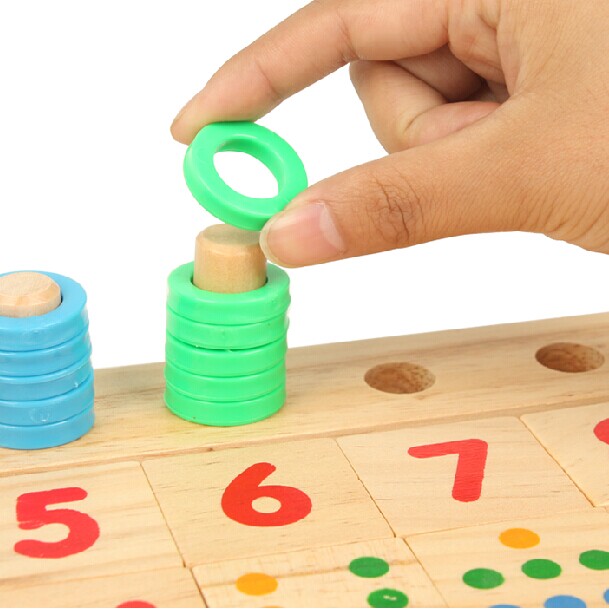 Some of these websites even teach preschoolers to read before kindergarten! Keep reading to find ones that suit your child!
Some of these websites even teach preschoolers to read before kindergarten! Keep reading to find ones that suit your child!
Nick Jr. – Nick Jr. is most recognized for its reputation as an American-paid television channel. However, this website offers a more interactive platform for children to learn by watching their favorite cartoon characters.
ABC Mouse – This is an annual online subscription service, catered towards children between the ages of two and eight. With over 850 lessons, this is the perfect step-by-step learning platform.
PreKinders – If you are looking to find a great educational website for your child to prepare for school, this is the one for you. PreKinders mixes play and fun with practical learning.
Teach Preschool – Teach Preschool strives to grow your teaching skills and strategies to be a part of a warm and inviting community of dedicated early childhood educators.
Simply Kinder – Simply Kinder is a blog resource that provides fun ideas to incorporate in the classroom, and outside. This is the perfect tool for teachers and educators.
This is the perfect tool for teachers and educators.
Baby TV – Baby TV is an interactive entertainment and educational platform for infants. They offer creative nursery rhymes, educational shows, games and parent activities.
Science Websites for Kids
One of the most exciting subjects in school is science. Children learn about the earth, space, and how things work. That being said, one of the most influential learning tools for kids are websites dedicated to teaching science. Keep reading to find which sites your child will love!
IXL – This is a personalized learning website great for children in Pre-K to the fourth grade. Through this website, children are immersed in various learning experiences related to STEM.
OLogy – Ology is a science website, home to endless lessons and activities inspired by the American Museum of Natural History.
Girl Start – This website has a mission to empower girls in science, technology, engineering, and math. It is tailored to parents, young girls, volunteers, and educators.
EIA Energy Kids – While most science websites for kids broadly cover several STEM topics, Energy Kids just focuses on one thing: Energy! Run by the U.S. Energy Information Administration, this site has tons of rich material for kids to explore.
How Stuff Works – Find all of the answers to your science questions on this website. How Stuff Works publishes new articles constantly, so you will never get tired of the content found here.
Exploratorium – This is an informative blog that teaches kids about all areas of STEM, educating and empowering children everywhere.
Bill Nye – Founded by the famous scientist, engineer, comedian, author, and inventor, this website is made to foster scientific imagination in children.
ThoughtCo. – ThoughtCo. gives kids the chance to explore their curiosity. It teaches children how science is part of everyday life.
Science News for Students – This website offers blog posts and news articles that inform students of the latest topics in STEM.
Free Educational Apps for Kids
Apps are great learning tools for kids because you can access them on the go. This way, you don’t have to isolate learning to home and school. You can take the fun of learning with you. In the waiting room at the doctor’s office? Get a free educational app to keep your child busy! Keep reading to find the best free educational apps for kids!
Duolingo – Duolingo is a great educational app for kids where they can learn a language for free. This is a completely free mobile app launched to help people boost their language proficiency.
Splash Math – Splash Math offers personalized activities to help children catch up in a subject they are behind in or simply push them ahead with an enrichment program. This tool improves skills and promotes long-term success.
Vroom – With over 1,000 free activities, your child is given a great chance to start learning early before starting preschool. Vroom understands the importance of brain-building.
Kodable – This website teaches children how to do computer coding. There are over 70 lessons with both on-screen and off-screen activities. Each lesson includes clear instructions, making coding fun and easy to learn.
Hopscotch – Through fun, interactive games, Hopscotch teaches computer coding to children.
Chicken Coop Fraction Games – This app teaches children math, helping them ace fractions with hilarious chicken-themed educational games.
Homer – This website provides kids the best educational start possible. Interactive stories and reading activities help children improve their reading ability.
Sesame Street – This website is home to fun, educational games. Classic Sesame Street characters are present in each activity, making each interactive game unique and exciting for kids.
Marcopolo – This app promotes healthy parent and child interactions, allowing children to explore real-world learning through core curriculums.
Educational Apps for Toddlers
Toddlers often have a difficult time sitting still. They want to walk and talk and play almost all the time. Downloading an educational app for toddlers on your phone is thus a great way to keep them quiet and busy while encouraging them to learn. Below are some of the best apps for toddlers available!
They want to walk and talk and play almost all the time. Downloading an educational app for toddlers on your phone is thus a great way to keep them quiet and busy while encouraging them to learn. Below are some of the best apps for toddlers available!
Monkey Preschool Lunchbox – Monkey Preschool Lunchbox is a collection of 7 educational games for your toddler. It is extremely interactive, usable in a total of 8 languages.
Bugs and Button – This app helps your toddlers identify patterns and colors in an interactive way. There are a total of 18 educational games and activities.
Duck Duck Moose – Moose Math makes mathematical learning fun for children! It teaches counting, addition, and subtraction.
LeapFrog Academy – This app is filled with more than two thousand engaging games and activities for children between the ages of three and six. Though there is a free trial, there is a subscription service fee.
SpinLight – Spinlight helps your child learn the alphabet in a creative way. It is one of the top-rated alphabet apps on the Apple store.
It is one of the top-rated alphabet apps on the Apple store.
Educational Apps for Preschoolers
There are so many things preschoolers need to know before entering kindergarten. For example, they need to know their numbers and letters. As a busy parent, it isn’t always easy to instill all these lessons in your children. That’s why educational apps for preschoolers are great learning tools for kids: you can help your child learn on the go. Check out these awesome apps for your preschooler!
Peg + Cat Big Gig – This app enables children between the ages three through six to practice their math skills by learning and creating songs.
Elmo Loves 123 – Elmo loves 123 includes games and activities that will help your child learn more about numbers and counting.
Endless Alphabet – If your child is in the beginning stages of learning the alphabet, then this is the perfect app for you. It is a great hands-on learning experience that helps kids master the alphabet.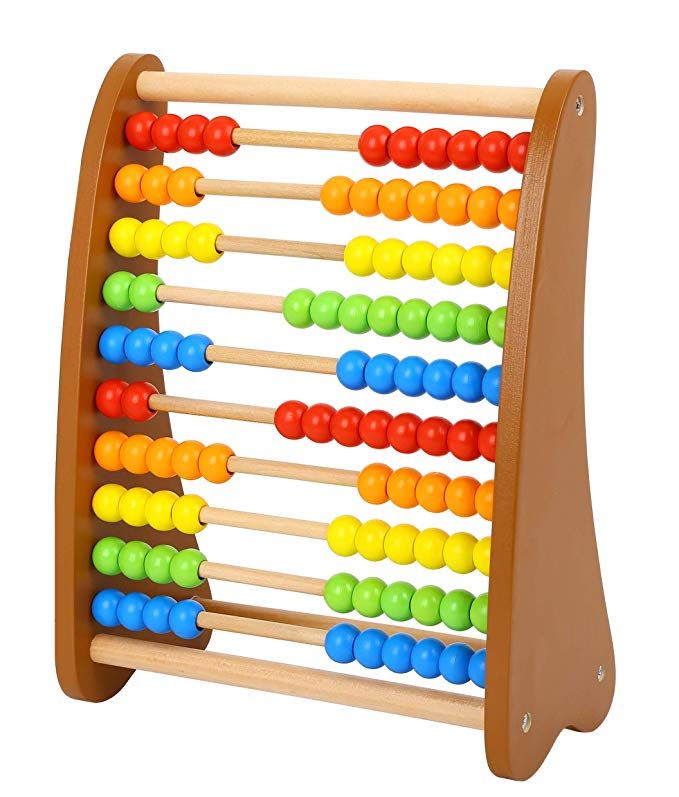
Educational App Store – This educational app is designed to teach your kids more about the alphabet through games, such as puzzles and other interactive tasks.
AlphaTots Alphabet – This app includes 26 fun preschool puzzles and mini-games that help kids learn the alphabet with engaging sing-a-longs.
Educational Movies for Kids
Most kids love movies. There’s nothing like watching a fun story about interesting characters going on crazy adventures. Therefore, finding quality educational movies for kids is a great way to instill a love of learning in children. Check out our list of academic movies!
The Men Who Built America – This movie sheds light on the influential leaders, dreamers, and believers whose actions were able to transform America into the empire that it is today.
America the Story of Us – This series features all of America’s most pivotal moments. This is one of the best educational movies for kids in the US.
PBS Kids – PBS Kids houses a collection of short films about science as well as explanations about how the world works.
The Cat in the Hat Knows a Lot About Space – The Cat in the Hat is a storytime classic. This movie is the perfect twist that offers a fun spin on scientific learning.
Reading Websites For Elementary Students
Elementary school students are well on their way to middle school, so it’s important to make sure they are performing well in their classes. If your child struggles in reading, wants to improve his or her reading ability, or simply loves reading and writing, these reading websites for elementary students are the perfect learning tools for kids!
Reading Rockets – Reading Rockets is a top-notch resource that helps children learn how to read as well as improve their reading ability.
Reading Bear – Another great resource for learning, Reading Bear helps children learn how to read through teaching sounds and syllables.
Reading Eggs – This is a great website to make learning to read easy and fun and is a perfect resource for parents to use with their kids.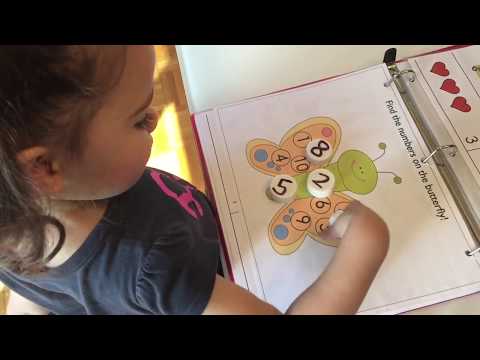
Choosito – This website hosts more than 200,000 sites, making it easy to find the perfect reading resource for your child.
Storyline Online – Storyline Online teaches a wide variety of genres, making it easy for children to understand them. Plus, the stories often teach valuable morals.
Common Lit – Common Lit helps to drive growth and measure progress through effective literacy programs, both inside and outside of the classroom.
Story Place – Story Place holds a variety of activities to help kickstart your child’s journey in learning how to read.
Reading Websites for Kindergarten
Most kids learn how to read in kindergarten. However, for some kids, it’s a hard subject to learn. Whether you are a parent homeschooling your child or simply want to aid your child in learning how to read well, these reading websites for kindergarten students are great learning tools for kids!
PBS Learning Media – Arizona PBS has curated multiple learning websites through interactive games, lesson plans, and entertaining videos. Their goal is to help children be prepared for grade school.
Their goal is to help children be prepared for grade school.
Barnes & Noble – Barnes & Noble is a great resource that helps children cultivate a love of reading as they discover their favorite books. There are so many options, you can’t go wrong with their huge selection!
Tumble Books – Tumble Book Library includes a large database of children’s Ebooks in many different languages.
Science Books For Kids
If your child has cultivated a love of science, purchasing some science books for them will no doubt encourage that scientific passion. Check out these sources for purchasing science books for kids!
Geek Wrapped – This website showcases the top 100 best science books that make young explorers excited to read!
Science Friday – This reading website is home to a collection of true stories. You can even opt for book recommendations based on your child’s subject of interest.
Barnes & Noble – Barnes & Noble has the best selection of books when it comes to your specific needs.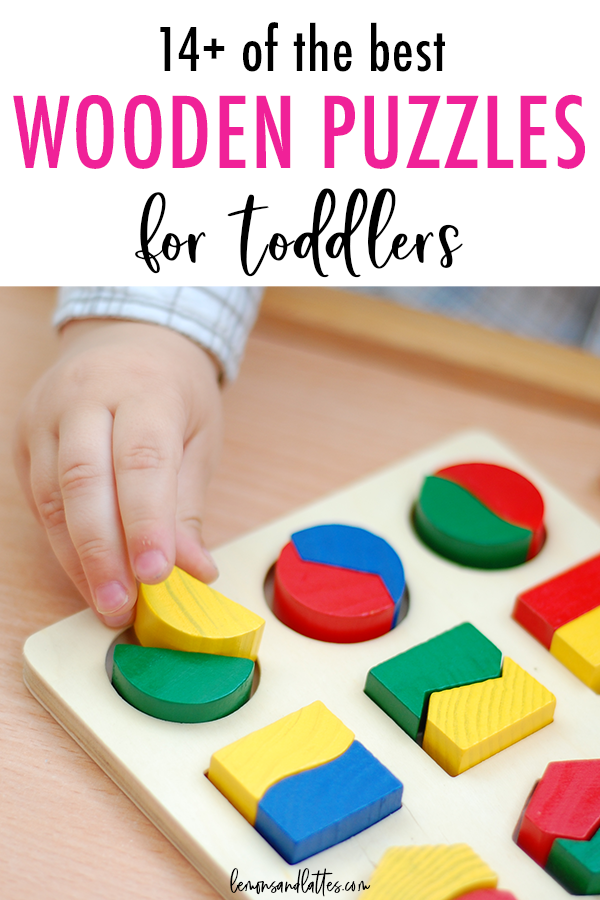 You can visit the store to see what is available near you or simply order online.
You can visit the store to see what is available near you or simply order online.
Read Brightly – This website allows parents to see what books are most popular in their region. Read Brightly provides the resources needed to help parents raise kids with a love of reading.
Means of education and upbringing
Means of education and upbringing:
Teaching aid - a variety of materials and "tools" of the educational process through the use of which it is more successful and in a rationally reduced time to achieve the goal of learning.
Under the means of learning is understood: a material or ideal object that is used by the teacher and students to assimilate knowledge (P. I. Pidkasisty).
The main didactic purpose of teaching aids is to speed up the process of assimilation of educational material, i.e. bring the learning process closer to the most effective characteristics.
There are 2 groups of teaching aids:
a) means as a source of information;
b) means as a tool for mastering educational material.
All teaching aids are divided into material and ideal . Material means include textbooks, teaching aids, didactic material, test material, visual aids, TCO (technical teaching aids), laboratory equipment.
The ideal means are generally accepted systems of sign languages (speech), writing (written speech), symbolic systems of various sciences, visual aids, educational computer programs, methods and forms of organizing educational activities and systems of learning requirements.
Learning becomes effective if the material and ideal means of learning are interconnected and complement each other.
| Ideal Teaching Aids | Teaching aids |
| Level 1 - in the lesson: | |
| Works of art, other cultural achievements (painting, music, literature), visual aids (drawings, drawings, diagrams), educational computer programs on the topic of the lesson, sign systems, forms of organization of educational activities in the lesson. | Separate texts from the textbook, assignments, exercises and tasks for students to solve test materials, laboratory equipment, TCO. |
| Level 2 - subject: | |
| Symbols of various disciplines, educational computer programs covering the entire course of study of the subject, developing environment for the accumulation of skills in this subject. | Textbooks and teaching aids, didactic materials, methodological developments (recommendations on the subject). |
| Level 3 - the entire learning process: | |
| The system of education, teaching methods, the system of general school requirements. | Study rooms, libraries, canteens and canteens, a medical office, a room for administration and teachers, locker rooms, utility rooms. |
Each element of the system of teaching aids is a complex and independent subsystem.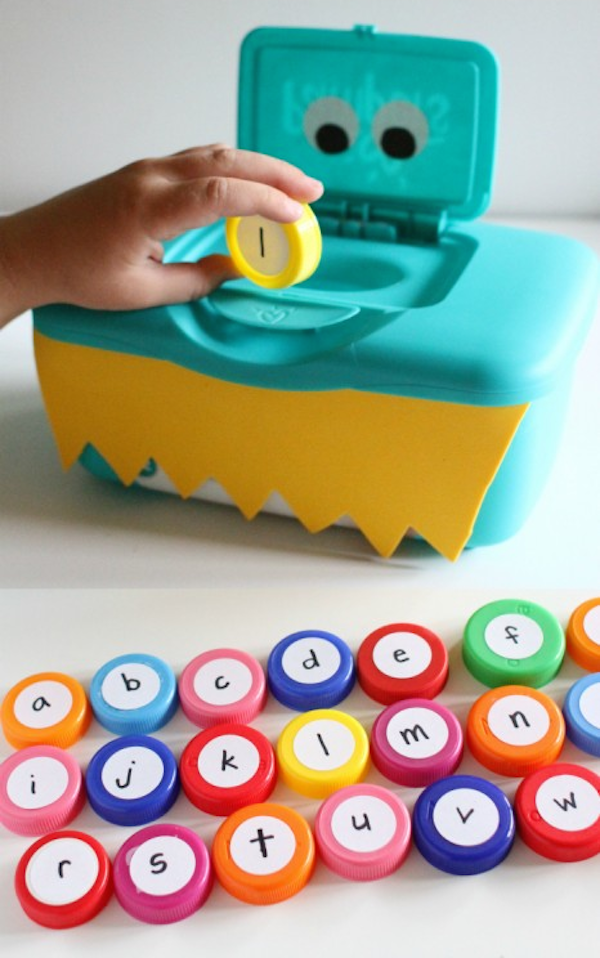
| No. | Software Name (SW) | Note |
| 1 | 2 | 10 |
| | "Nature of Russia" v2.0 | Supplied as part of the federal target program "Development of a unified educational information environment (2001-2005)" |
| | “Libraries of electronic visual aids. Physics grade 7-11 " | Supplied as part of the federal target program "Development of a unified educational information environment (2001-2005)" |
| | "LESSONS OF BIOLOGY OF CYRIL AND METHODY 9 CLASS" | Supplied as part of the federal target program "Development of a unified educational information environment (2001-2005)" |
| | "Kim Chemistry Lessons (Grades 10-11)" | Supplied as part of the federal target program "Development of a unified educational information environment (2001-2005)" |
| | “Electronic means of educational purposes. | Supplied as part of the federal target program "Development of a unified educational information environment (2001-2005)" |
| | 1000 great artists | Supplied as part of the federal target program "Development of a unified educational information environment (2001-2005)" |
| | 1C: Education | Supplied as part of the federal target program "Development of a unified educational information environment (2001-2005)" |
| | 1C: Tutor | Supplied as part of the federal target program "Development of a unified educational information environment (2001-2005)" |
| | 1C: Tutor. Chemistry | Supplied as part of the federal target program "Development of a unified educational information environment (2001-2005)" |
| | CD-ROM 'General and inorganic chemistry' | Supplied as part of the federal target program "Development of a unified educational information environment (2001-2005)" |
| | CD-ROM 'Organic Chemistry' | Supplied as part of the federal target program "Development of a unified educational information environment (2001-2005)" |
| | Directmedia | Supplied as part of the federal target program "Development of a unified educational information environment (2001-2005)" |
| | Geography8 | Supplied as part of the federal target program "Development of a unified educational information environment (2001-2005)" |
| | Great Encyclopedia 2001 | Supplied as part of the federal target program "Development of a unified educational information environment (2001-2005)" |
| | Lessons of Biology (6-7th forms) | Supplied as part of the federal target program "Development of a unified educational information environment (2001-2005)" |
| | Lessons of Geometry (10-11th(I) forms) | Supplied as part of the federal target program "Development of a unified educational information environment (2001-2005)" |
| | Lessons of Geometry (10-11th(II) forms) | Supplied as part of the federal target program "Development of a unified educational information environment (2001-2005)" |
| | Open Physics 1. | Supplied as part of the federal target program "Development of a unified educational information environment (2001-2005)" |
| | Quicktime | Supplied as part of the federal target program "Development of a unified educational information environment (2001-2005)" |
| | Terra Musicalis | Supplied as part of the federal target program "Development of a unified educational information environment (2001-2005)" |
| | Anatomy. Electronic atlas for schoolchildren | Supplied as part of the federal target program "Development of a unified educational information environment (2001-2005)" |
| | Baba Yaga Far Away - French | French Study Guide |
| | To help the organizers of the unified state exam | Supplied as part of the federal target program "Development of a unified educational information environment (2001-2005)" |
| | General history. | Supplied as part of the federal target program "Development of a unified educational information environment (2001-2005)" |
| | General history. 6th grade | Supplied as part of the federal target program "Development of a unified educational information environment (2001-2005)" |
| | General history. 7th grade | Supplied as part of the federal target program "Development of a unified educational information environment (2001-2005)" |
| | Geography 6 – 10 | Supplied as part of the federal target program "Development of a unified educational information environment (2001-2005)" |
| | Dragon and Entertaining French | French Study Guide |
| | Interactive course "Physics, grades 7-11" Rus | Supplied as part of the federal target program "Development of a unified educational information environment (2001-2005)" |
| | Concise Encyclopedia | Supplied as part of the federal target program "Development of a unified educational information environment (2001-2005)" |
| | Mathematics 5-9 (Drofa-DOS) | Supplied as part of the federal target program "Development of a unified educational information environment (2001-2005)" |
| | World Art Culture | Supplied as part of the federal target program "Development of a unified educational information environment (2001-2005)" |
| | New class | Supplied as part of the federal target program "Development of a unified educational information environment (2001-2005)" |
| | OPEN ASTRONOMY 2. | Supplied as part of the federal target program "Development of a unified educational information environment (2001-2005)" |
| | Open Biology 2.5 Rus | Supplied as part of the federal target program "Development of a unified educational information environment (2001-2005)" |
| | Open Mathematics 2.5. Planimetry Rus | Supplied as part of the federal target program "Development of a unified educational information environment (2001-2005)" |
| | Open Mathematics 2.5. Stereometry Rus | Supplied as part of the federal target program "Development of a unified educational information environment (2001-2005)" |
| | Open Mathematics 2. | Supplied as part of the federal target program "Development of a unified educational information environment (2001-2005)" |
| | Open Physics 2.5 part 1 | Supplied as part of the federal target program "Development of a unified educational information environment (2001-2005)" |
| | Open Physics 2.5 part 2 | Supplied as part of the federal target program "Development of a unified educational information environment (2001-2005)" |
| | Passing the Unified Exam 1.0 | Supplied as part of the federal target program "Development of a unified educational information environment (2001-2005)" |
| | Study guide about N. | The program was prepared by YarSU, distributed among the educational institutions of the city |
| | Physics. 7th grade. | Supplied as part of the federal target program "Development of a unified educational information environment (2001-2005)" |
| | Chemistry (grades 8-11). Virtual Lab | Supplied as part of the federal target program "Development of a unified educational information environment (2001-2005)" |
| | Electronic library "Enlightenment" | Supplied as part of the federal target program "Development of a unified educational information environment (2001-2005)" |
| | Electronic educational publication "Culture of the Ancient and Medieval East" | Supplied as part of the federal target program "Development of a unified educational information environment (2001-2005)" |
| | Electronic educational publication "World Artistic Culture" | Supplied as part of the federal target program "Development of a unified educational information environment (2001-2005)" |
| | Electronic catalog of educational publications on CD | Supplied as part of the federal target program "Development of a unified educational information environment (2001-2005)" |
| | Encyclopedia of Russian History | Supplied as part of the federal target program "Development of a unified educational information environment (2001-2005)" |
| | Encyclopedia of Classical Music | Supplied as part of the federal target program "Development of a unified educational information environment (2001-2005)" |
| | Encyclopedia of Astronomy | Supplied as part of the federal target program "Development of a unified educational information environment (2001-2005)" |
| | Hermitage. | Supplied as part of the federal target program "Development of a unified educational information environment (2001-2005)" |
Teaching and upbringing aids
Version for the visually impaired
Teaching and upbringing aids
Teaching and upbringing aids - all those materials with which the teacher carries out the teaching influence (learning process). The teaching aids include objects of material and spiritual culture, which are used in solving pedagogical problems. They ensure the implementation of the principle of visibility and help to increase the efficiency of the educational process, give students material in the form of observations and impressions for the implementation of educational knowledge and mental activity at all stages of education.
Technical means of teaching the collective and individual use of disabled people and persons with disabilities will be acquired in the event of an educational relationship with this category of the population.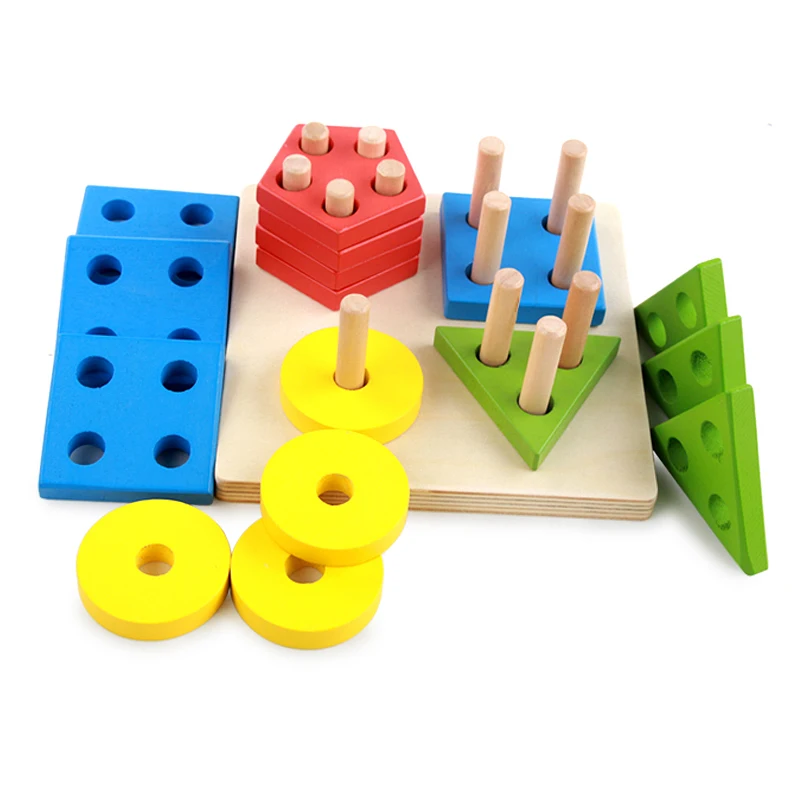
Under the means of learning is understood: a material or ideal object that is used by the teacher and students to assimilate knowledge (P. I. Pidkasisty).
Learning aids - available for use by persons with disabilities and disabilities
Principles of using teaching aids
- taking into account the age and psychological characteristics of students
- harmonious use of a variety of teaching aids: traditional and modern for a comprehensive, targeted impact on the emotions, consciousness, behavior of the child through the visual, auditory, kinesthetic perception systems for educational purposes
- taking into account didactic goals and principles of didactics (the principle of visibility, accessibility, etc.)
- co-creation of a teacher and a student
- Precedence of security rules in the use of learning tools.
Types of teaching aids :
- Printed (textbooks and teaching aids, reading books, anthologies, workbooks, atlases, handouts)
- Electronic educational resources (educational multimedia, multimedia textbooks, online educational resources, multimedia universal encyclopedias)
- Audiovisual (slides, slide films, educational videos, educational films, educational films on digital media)
- Visual planar (posters, wall cards, wall illustrations, magnetic boards)
- Demonstration (herbaria, dummies, models, stands, sectional models, demonstration models)
- Teaching instruments (compass, barometer, flasks, etc.
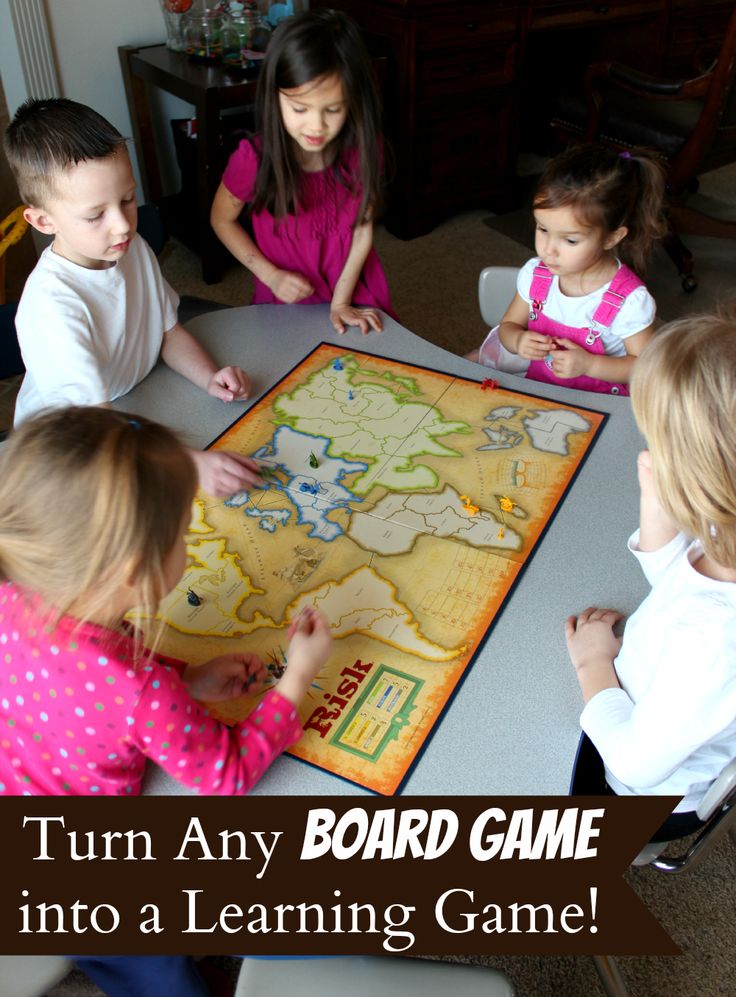 )
) - Sports equipment.
There are 2 groups of learning tools:
a) means as a source of information;
b) means as a tool for mastering educational material.
All teaching aids are divided into material and ideal . Material means include textbooks, teaching aids, didactic material, test material, visual aids, TCO (technical teaching aids), laboratory equipment.
The ideal means are generally accepted systems of sign languages (speech), writing (written speech), symbol systems of various sciences, visual aids, educational computer programs, methods and forms of organizing educational activities and systems of learning requirements.
Learning becomes effective if the material and ideal means of learning are interconnected and complement each other.
| Ideal Teaching Aids | Teaching aids |
| Level 1 - in the lesson: | |
| Works of art, other cultural achievements (painting, music, literature), visual aids (drawings, drawings, diagrams), educational computer programs on the topic of the lesson, systems of signs, forms of organization of educational activities in the lesson. | Separate texts from the textbook, assignments, exercises and tasks for students to solve test materials, laboratory equipment, TCO. |
| Level 2 - subject: | |
| Symbols of various disciplines, educational computer programs covering the entire course of study of the subject, developing environment for the accumulation of skills in this subject. | Textbooks and teaching aids, didactic materials, methodological developments (recommendations on the subject). |
| Level 3 - the entire learning process: | |
| Education system, teaching methods, system of general school requirements. | Study rooms, libraries, canteens and canteens, a medical office, a room for administration and teachers, locker rooms, utility rooms. |
Funds of education and socialization of lyceum students
Education of citizenship, patriotism, respect for human rights, freedoms and obligations:
9000s of the Constitution of the Russian Federation. rights and obligations of citizens of Russia, about the political structure of the Russian state, its institutions, their role in society, about the symbols of the state - Flag, coat of arms of Russia, about the flag and coat of arms of the Nizhny Novgorod region as a subject of the Russian Federation.
Acquaintance with the heroic pages of the history of Russia, the lives of remarkable people who set examples of civic service, fulfillment of patriotic duty, with the duties of a citizen (in the process of conversations, excursions, watching movies, traveling to historical and memorable places, plot-role-playing games of civil and historical and patriotic content, the study of academic disciplines).
Acquaintance with the history and culture of the native land, folk art, ethno-cultural traditions, folklore, features of the life of the peoples of Russia (in the process of conversations, role-playing games, watching movies, creative competitions, festivals, holidays, excursions, travel, tourist local history expeditions, study of academic disciplines).
Acquaintance with the most important events in the history of our country, the content and significance of public holidays (in the process of conversations, holding class hours, watching educational films, participating in the preparation and holding of events dedicated to public holidays).
Acquaintance with the activities of public organizations of patriotic and civic orientation, children's public associations and organizations with the rights of a citizen (during excursions, meetings and conversations with representatives of public organizations, feasible participation in social projects and events).
Participation in conversations about the exploits of the Russian army, defenders of the Fatherland, in holding military-patriotic games, contests and sports competitions, role-playing games on the ground, meetings with veterans and servicemen.
Gaining experience in intercultural communication with children and adults - representatives of different peoples of Russia, get acquainted with the peculiarities of their cultures and lifestyle (in the process of conversations, folk games, organizing and holding national-cultural holidays).
Participation of in meetings and conversations with graduates of their school, get acquainted with the biographies of graduates who are worthy examples of citizenship and patriotism.
Education of social responsibility and competence:
Lyceum students actively participate in improving the lyceum environment, accessible areas of life in the surrounding society.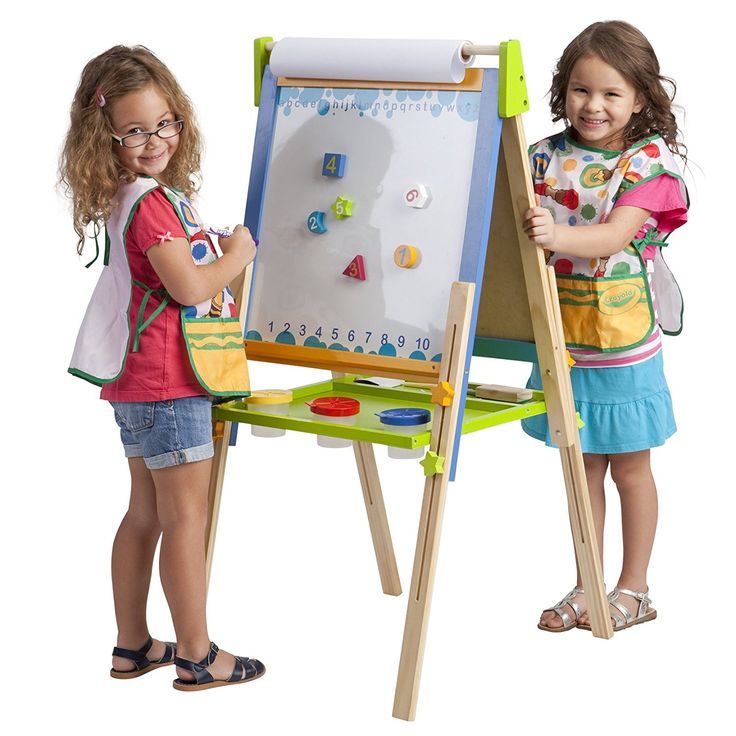
They master forms and methods of self-education: self-criticism, self-hypnosis, self-commitment, self-switching, emotional-mental transfer to the position of another person.
Actively and consciously participate in various types and types of relationships in the main areas of their life: communication, study, play, sports, creativity, hobbies (hobbies).
Gain experience and master the main forms of educational cooperation: cooperation with peers and with teachers.
Actively participate in the organization, implementation and development of school self-government: participate in the decision-making of the governing bodies of the Lyceum Council of the Institution, the Council of Lyceum Students; resolve issues related to self-service, maintaining order, discipline, duty and work in the lyceum; control the fulfillment by students of basic rights and obligations; protect the rights of students at all levels of school management, etc.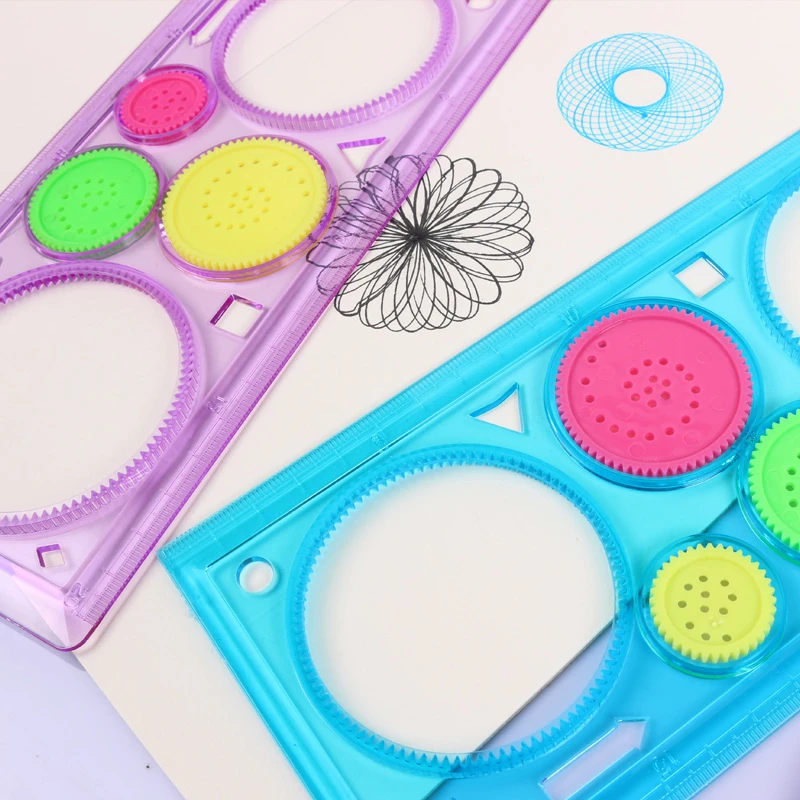
They develop on the basis of the acquired knowledge and actively participate in the implementation of feasible social projects - holding practical one-time events or organizing systematic programs that solve a specific social problem of a school or urban settlement.
Learn to reconstruct (in the form of descriptions, presentations, photo and video materials, etc.) certain situations imitating social relations during the implementation of role-playing projects.
Education of moral feelings, convictions, ethical consciousness:
acquire the skills of law-abiding behavior.
Get acquainted with specific examples of highly moral relations between people, participate in the preparation and conduct of conversations.
Participate in socially useful work to help the lyceum, city, native land.
Receive experience in creative socially significant activities
Take voluntary participation in charity, mercy, in helping the needy, caring for animals, living beings, nature.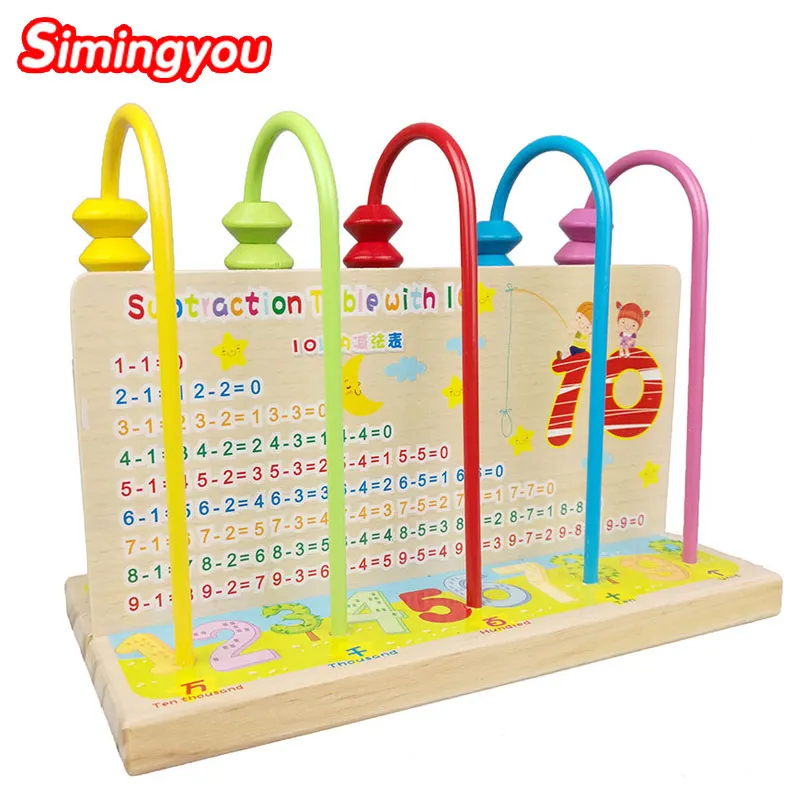
Expand the positive experience of communication with peers of the opposite sex in studies, social work, recreation, sports, actively participate in the preparation and conduct of conversations about friendship, love, moral relationships.
Receive systematic ideas about moral relationships in the family, expand the experience of positive interaction in the family (in the process of talking about the family, about parents and grandparents, open family holidays, performing and presenting creative projects together with parents, holding other events that reveal history of the family, cultivating respect for the older generation, strengthening continuity between generations).
Get acquainted with the activities of traditional religious organizations.
Education of ecological culture, culture of a healthy and safe lifestyle:
Get ideas about health, a healthy lifestyle, the natural capabilities of the human body, their dependence on the ecological quality of the environment, about the inextricable connection between the ecological culture of a person and his health (during conversations, watching educational films, game and training programs, lessons and extracurricular activities).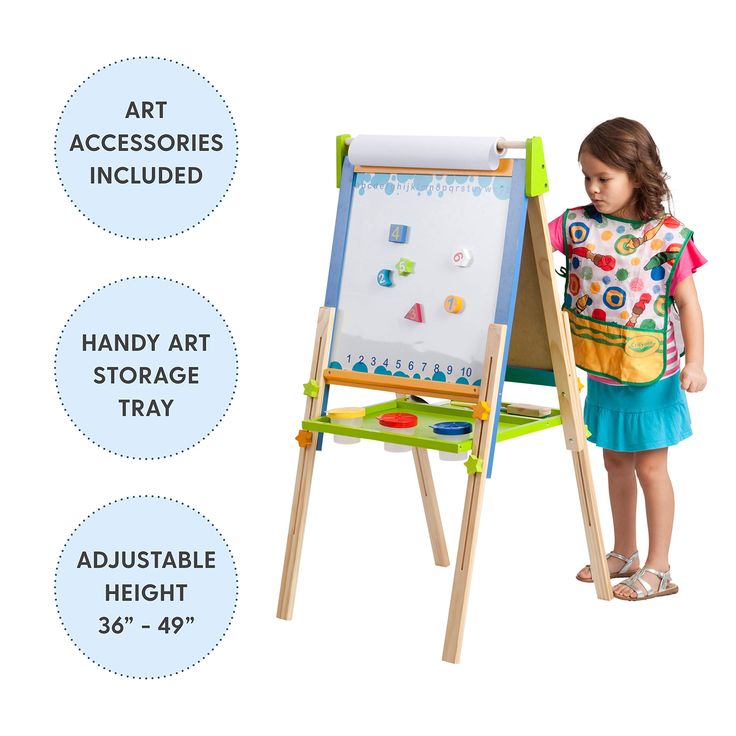
participate in the promotion of an environmentally friendly healthy lifestyle - they hold talks, thematic games, theatrical performances for younger schoolchildren, peers, and the population. They watch and discuss films dedicated to various forms of recovery.
Learn environmentally literate behavior in the lyceum, at home, in the natural and urban environment: organize an environmentally friendly way of lyceum and home life, use water, electricity carefully, dispose of garbage, preserve the habitats of plants and animals (in the process of participating in practical activities , holding environmental events, role-playing games, school conferences, technology lessons, extracurricular activities).
participate in organizing sports contests, relay races, tourist rallies, trips and excursions around their native land. They conduct local history, search, environmental work in local and distant tourist trips and excursions, travels and expeditions.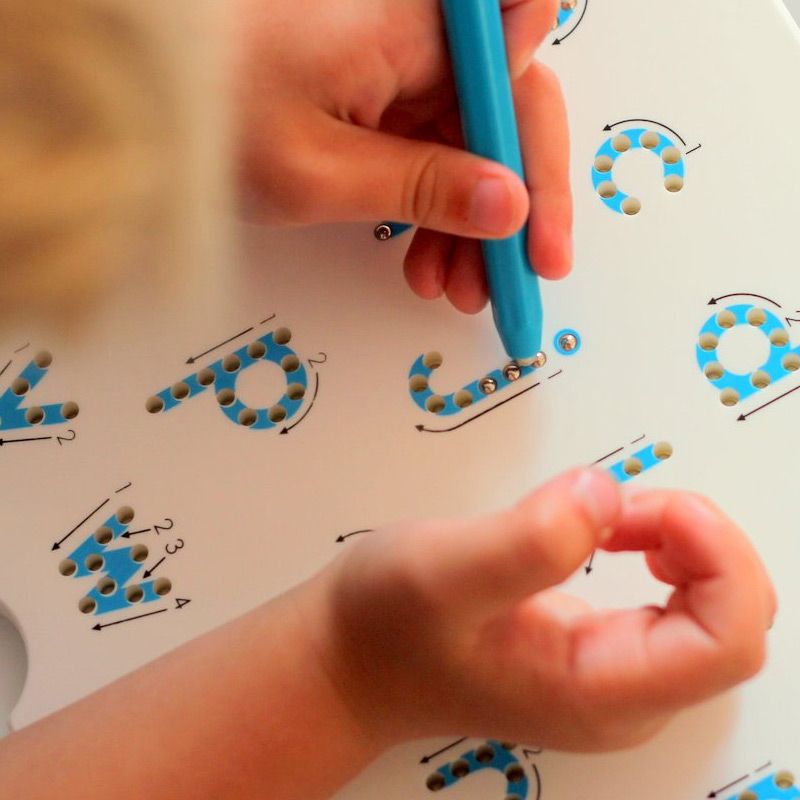
Participate in practical environmental activities, in the activities of school environmental centers, environmental expeditions, patrols; creation and implementation of collective environmental projects.
Make up the correct mode of physical culture, sports, tourism, healthy diet, daily routine, study and rest, taking into account environmental environmental factors and control their implementation in various forms of monitoring.
Learn to provide first aid to victims.
Get an idea about the possible negative impact of computer games, television, advertising on human health (as part of conversations with teachers, school psychologists, medical workers, parents).
Acquire the skill of resisting the negative influence of peers and adults on the formation of unhealthy habits, drug addiction (learning to say “no”) (during discussions, trainings, role-playing games, discussing videos, etc.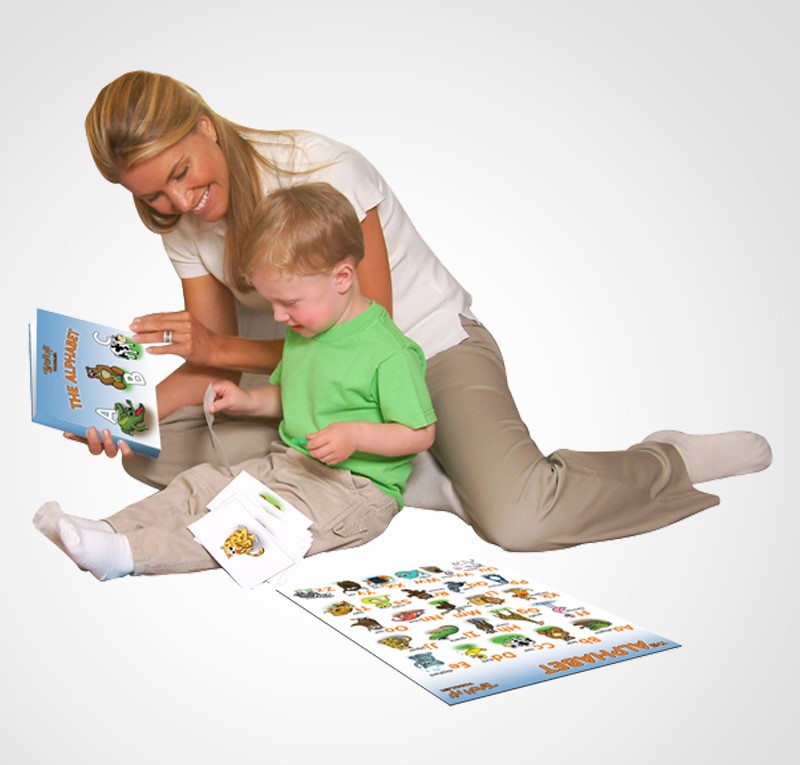 ).
).
Participate in the activities of class and lyceum self-government.
Participate on a voluntary basis in the activities of children's and youth public environmental organizations, events held by public environmental organizations.
Develop and implement educational research and educational projects in the following areas: ecology and health, resource conservation, ecology and business, etc. conscious choice of a profession:
participate in the preparation and holding of the Otkritie Research and Production Complex, thematic weeks, competitions of science fiction projects, evenings of unsolved mysteries.
Participate in Olympiads in academic subjects, make teaching aids for school classrooms, participate in the activities of technical and subject circles, organize cognitive games for junior high school students.
participate in excursions to industrial enterprises, scientific organizations of higher education, cultural institutions, during which they get acquainted with various types of work, with various professions.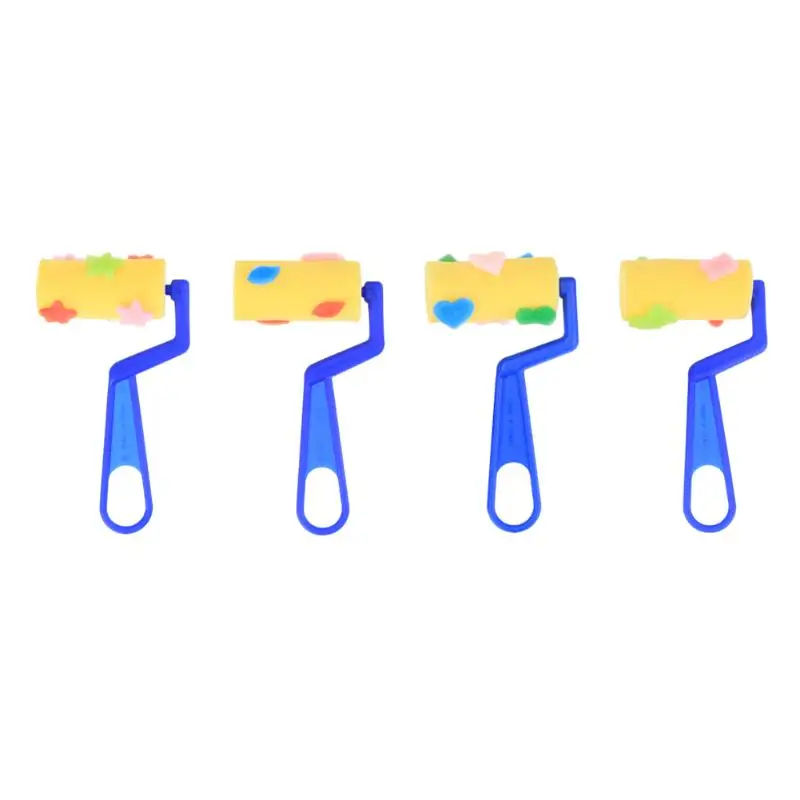
Get acquainted with the professional activities and life path of their parents and grandparents, participate in the organization and conduct of presentations "The work of our family."
Participate in various types of socially useful activities on the basis of the lyceum and institutions of additional education interacting with it, and other social institutions.
Acquire the skills and abilities of cooperation, role interaction with peers, adults in educational and labor activities (during role-playing economic games, by creating game situations based on various professions, holding extracurricular activities (labor holidays, fairs, competitions, etc.), revealing to adolescents a wide range of professional and labor activities).
Participate in various types of socially useful activities on the basis of the lyceum and institutions of additional education interacting with it, other social institutions (folk crafts, environmental protection, work in creative and training workshops, labor actions, activities of school production firms, other labor and creative public associations, both for teenagers and those of different ages, both during school hours and during vacations).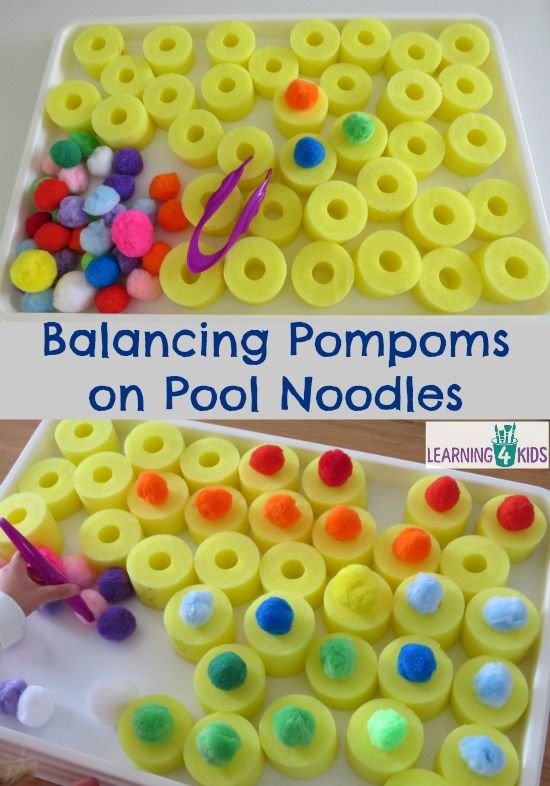
participate in meetings and conversations with lyceum graduates, get acquainted with the biographies of graduates who have shown worthy examples of high professionalism, creative attitude to work and life.
Learn to work creatively and critically with information: targeted collection of information, its structuring, analysis and generalization from various sources (during the implementation of information projects - digests, electronic and paper directories, encyclopedias, catalogs with maps, diagrams, photographs and etc.).
Education of a value attitude towards beauty, formation of the foundations of aesthetic culture (aesthetic education): art production, monuments of architecture and objects of modern architecture, landscape design and park ensembles, acquaintance with the best works of art in museums, exhibitions, reproductions, educational films).
Get acquainted with the aesthetic ideals, traditions of the artistic culture of their native land, with folklore and folk art crafts (during the study of academic subjects, in the system of excursion and local history activities, extracurricular activities, visiting competitions and festivals of folk music performers, art workshops, theatrical folk fairs, festivals of folk art, thematic exhibitions).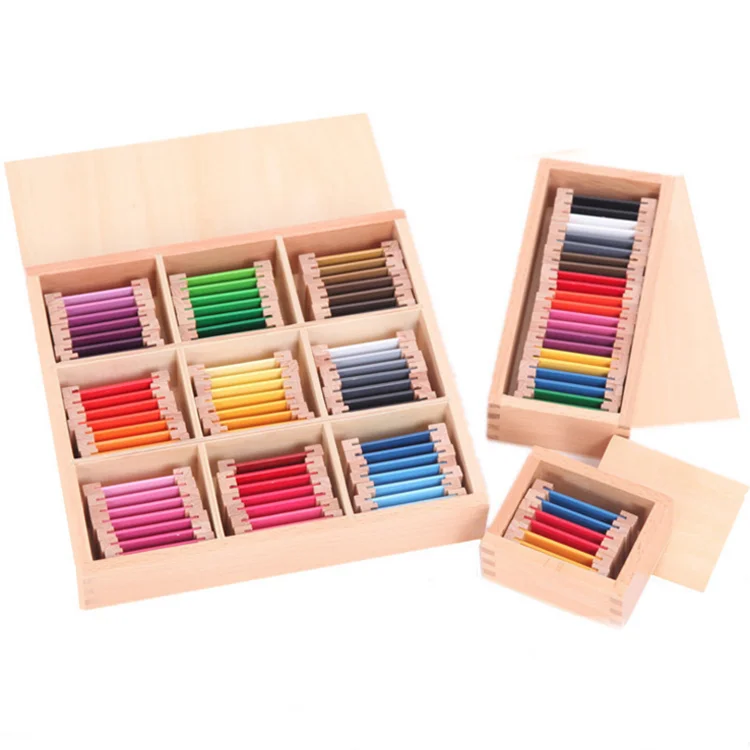
Get acquainted with local masters of applied art, watch their work, participate in conversations “Beautiful and ugly deeds”, “What makes people around us beautiful”, etc., discuss read books, feature films, performances, television programs, computer games on the subject of their ethical and aesthetic content.
Gain experience of self-realization in various types of creative activity, develop the ability to express themselves in accessible types and forms of artistic creativity in art classes and in the system of institutions of additional education.
Participate together with their parents in holding exhibitions of family art, musical evenings, in excursion and local history activities, in the implementation of cultural and leisure programs, including visits to objects of artistic culture with the subsequent presentation in an educational institution of their impressions and creative works created based on excursions .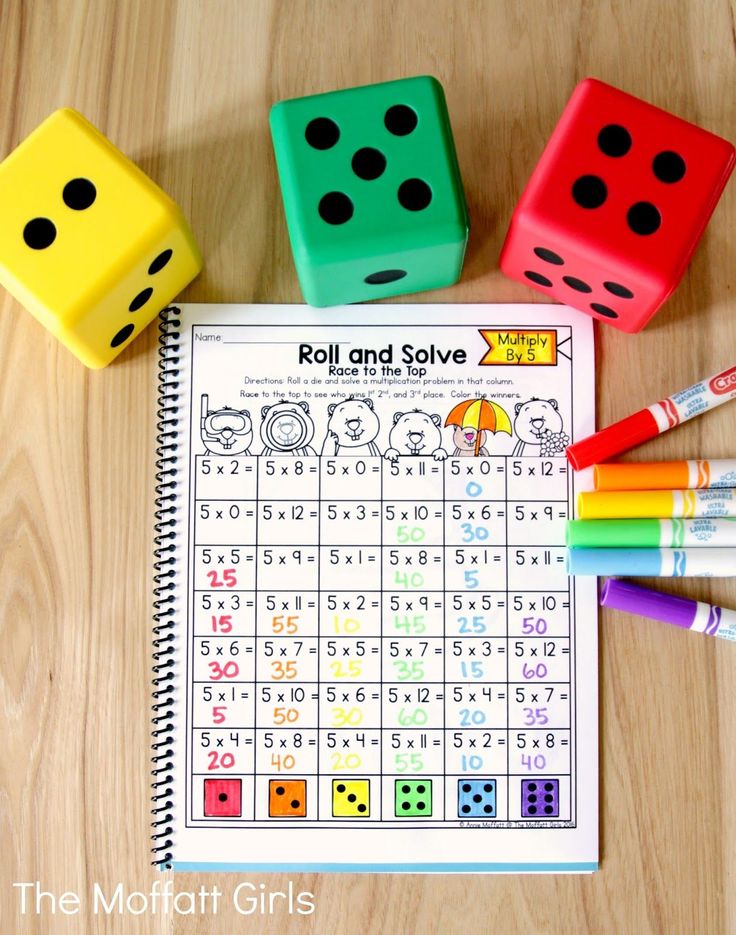
participate in decorating the classroom and the lyceum, planting greenery in the school area, and strive to bring beauty into home life.
The leading technologies for organizing educational work in the classroom are collective creative activity (KTD), social design, social gaming modeling.
The main forms of work with the class are: collective creative activities, projects, role-playing and business games, socially useful events, communication trainings, excursions, trips, game and competitive entertainment programs, festivals, fairs, tournaments, competitions, conferences.
The program of education and socialization is implemented through the joint management of lyceum students, their parents and teachers - co-management . For the organization of children's self-government in the classroom, the methodology of I.P. Ivanov "Alternation of creative assignments" (ChTP), which gives every child the opportunity to try their hand and capabilities in various social roles and activities.
system traditions - established affairs, events, actions leading to the establishment of core values
| Case name | Conduct form | Slogan | Contents | Value-goal that is formed in the course of business |
| Lyceum Day | Solemn meeting, holiday. 1-11 class | Wisdom, friendship, knowledge. "Friends, our union is beautiful!" | Literary and musical composition or performance. Dedication to lyceum students (Grade 1). Initiation into the Lyceum Brotherhood (grade 8) Alumni Reunion Day
| Preservation of Pushkin's traditions. |
| Clean City | Labor and environmental action 5-11 grades | Lyceum - our home | Joint work of children and teachers to improve the school and school territory | Social significance and the possibility of achieving collective results. |
| Theater Day | Visit to the Drama Theatre. 8-11 grade
Visit to a musical performance, concert of the Nizhny Novgorod Philharmonic grades 1-7 | Theater - school of life | Meetings with drama actors, director, discussion of the performance at literature lessons | Formation of theatrical and scenic culture. Preservation of Pushkin traditions |
| Presidential elections " Lyceum Brotherhood" Conference | Elections and Conferences of the PEO Lyceum: "Star Commonwealth", Council of High School Students "Lyceum Brotherhood"
| We have the right Let's get acquainted - this is Us | Conducting election campaigning, holding elections to the Council of High School Students, electing the President of the "Lyceum Brotherhood" Presentation of the assets of the kindergarten and the President Presentation of the awards of the competition "Class of the Year" | Formation of an active conscious legal position, characteristic of a member of civil society. Everyone's responsibility for the overall result. |
| Mother's Day | Holiday, concert 1.5, 8 grades | Our achievements are the merit of the family Mother cult | Joint creative activities of children, teachers and parents | Forming a community of class teams Promoting family values |
| Lyceum NPK "Opening" Lyceum Conference "I am a researcher" | Scientific and practical conference grades 8-11
Explorers Conference grades 1-7 | "Wisdom, friendship, knowledge" | Grand opening: literary and musical composition or performance Section work: defense of scientific and practical works. | The value of intellectual and creative activity. |
| Youth Forum
Reference point | Solemn presentation of awards in nominations | The success of everyone is significant for the lyceum Your success now is the beginning of the future rise | Rewarding with lyceum diplomas "Olympic of the Year", "Promotion", "Vector of success". "Ticket to the Future", "Start in science" "Eureka", "Sons of Russia", "Mentor" - lyceum students and teachers who became winners and laureates of intellectual, sports and creative competitions. | Significance and possibility of achieving personal results in intellectual and creative activity. |
| School of Assets | Departure to nature - a country recreation center. Conducting role-playing and business games, trainings, station games, contests. sports programs. | We work together, we rest together | Joint trips of children and teachers, training in interaction skills, leadership skills. Transfer of the attributes of the "Lyceum Brotherhood" to the new composition of the Council of Senior Students | Formation of vertical links in the lyceum, encouragement of the asset of the preschool educational institution, self-government systems of the lyceum, excellent students, winners of subject Olympiads |
| Legal weeks | Information and promotions | Law you need to know | Information presentations and competitions for high school students for lyceum students of primary and secondary classes on the content of fundamental laws (Constitution, Declaration of Human Rights, Convention on the Rights of the Child, Charter of the Lyceum) Participation in the city game "With the law on "You" | Formation of civic values. |
| HLS shares: Dance for life, Parade of Champions, Health Day, Olympic Health Day, Fun starts, lyceum championships | Promotions Sports holidays
Sports competitions | We are for a healthy lifestyle.
Higher, stronger, faster | Visual agitation contests grades 8-11, Dance marathon grades 1-11 Sports holidays Games by stations. grades 1-11 Team competitions, relay races 5-11 classes "Dad, mom, I am a sports family" grades 1-4 | Building the value of a healthy lifestyle Honoring the best athletes Promoting family values |
| Memorial meeting | Labor and patriotic action | Nobody is forgotten, nothing is forgotten | School-wide collection of waste paper using funds for gifts to veterans of the Great Patriotic War, visiting veterans by members of the children's association "Vozhatiy" | Respect for the past of the motherland. |
LUCK OF TAPTIONS
CHI chemistry
Cabinet of Informatics No. 307
Special technical tools for collective and persons with restraints with restraints with restraints
Material and technical support of the correctional and educational process of children with disabilities and children with disabilities
Expected result:
- Improving the comfort of the educational environment, providing access to low-mobility groups of the population and children with disabilities, children with disabilities.
- Protection of life and strengthening of the physical and psychological health of children.
- Implementation of the full-fledged upbringing, education and development of children in accordance with their individual characteristics, regardless of the material wealth of the family, place of residence, linguistic and cultural environment, ethnicity.
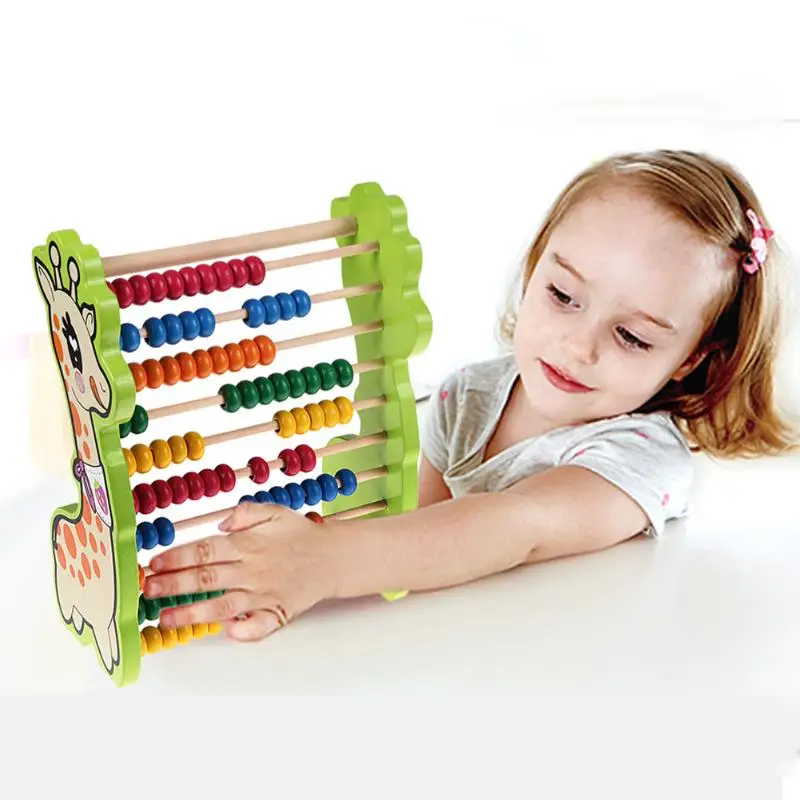
- Ensuring the cognitive, speech, socio-communicative, artistic, aesthetic and physical development of children.
- Creation of conditions to meet the needs of children in movement, improve the systems and functions of the body, increase the body's resistance to adverse factors of the internal and external environment.
- Designing a model of correctional and developmental psychological and pedagogical work that maximizes the creation of conditions for the development of a child with disabilities (severe speech disorders, mental retardation, children with disabilities), his positive socialization, personal development, development of initiative and creative abilities through cooperation with adults and peers in age-appropriate activities.
- Prevention of secondary developmental disorders and learning difficulties at the initial stage.
- Fulfillment of the requirements of federal state educational standards NOO, LLC, COO in working with children with disabilities and children with disabilities, by improving the system of correctional and developmental education and upbringing, social functioning, an individually differentiated approach that will create conditions for a more harmonious, personal-relevant socialization of the child and equal starting opportunities for further schooling.
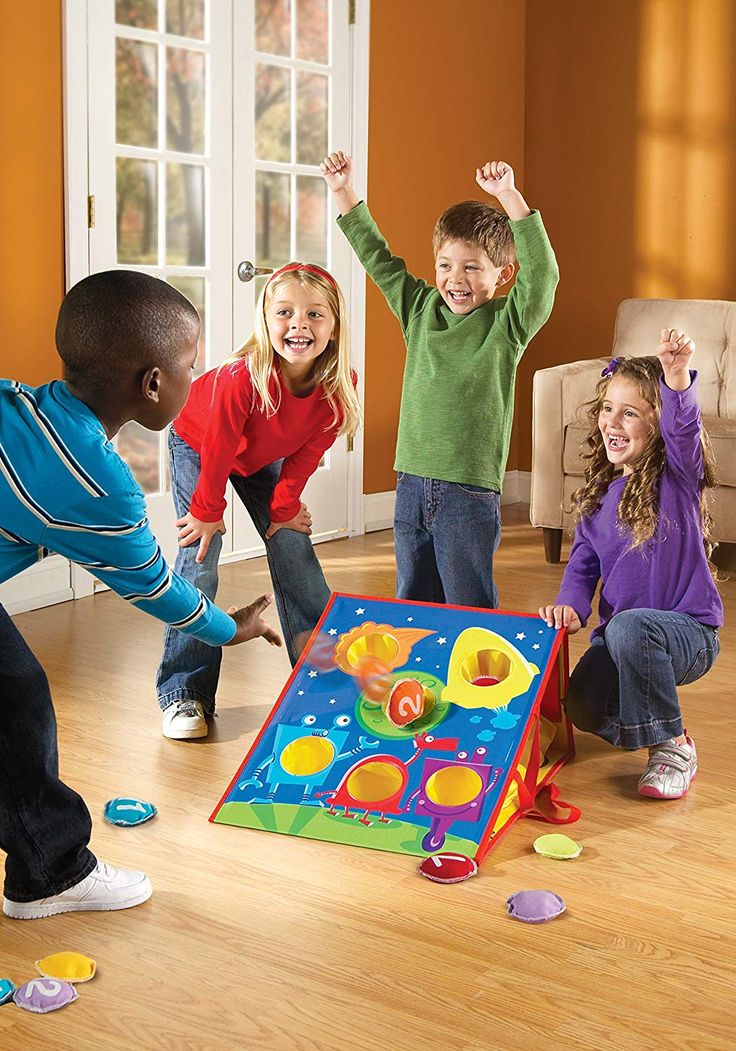
To implement the tasks set, equipment was purchased for the office of a teacher-psychologist (during correctional work with children with disabilities and disabilities, etc.):


.jpg) History of art 10-11 class "
History of art 10-11 class "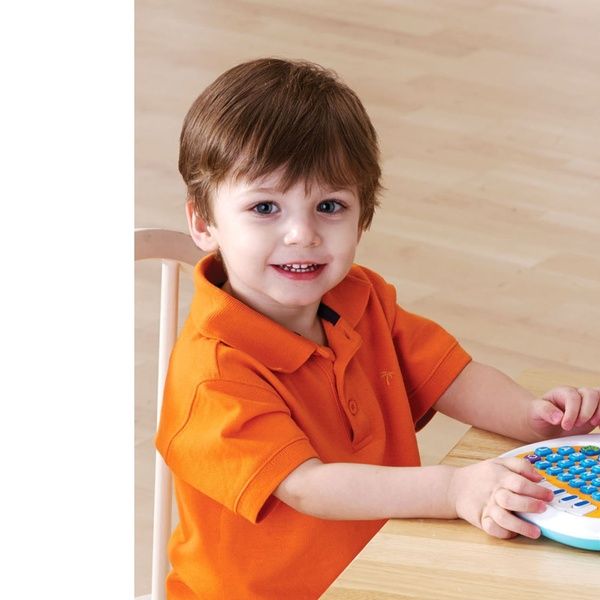 1
1 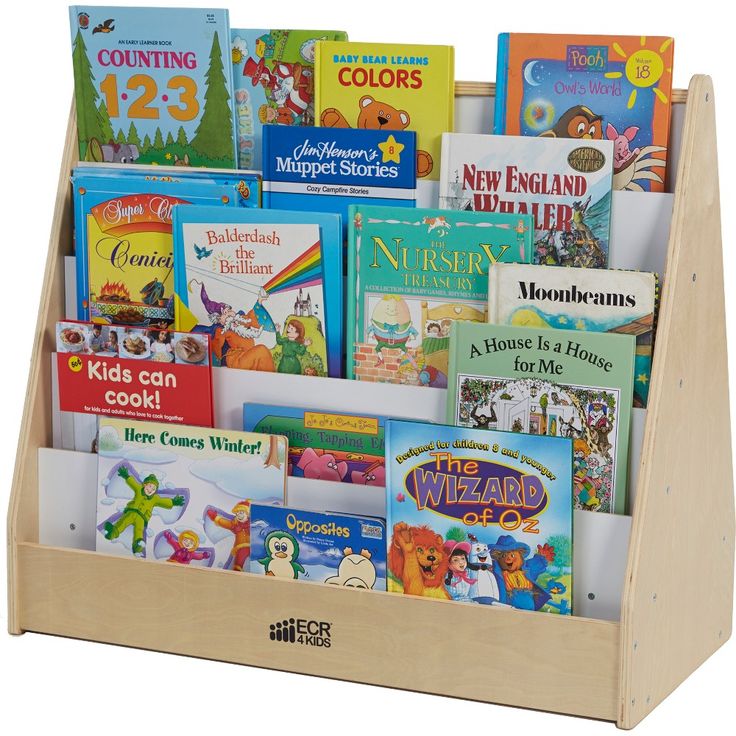 5th grade
5th grade 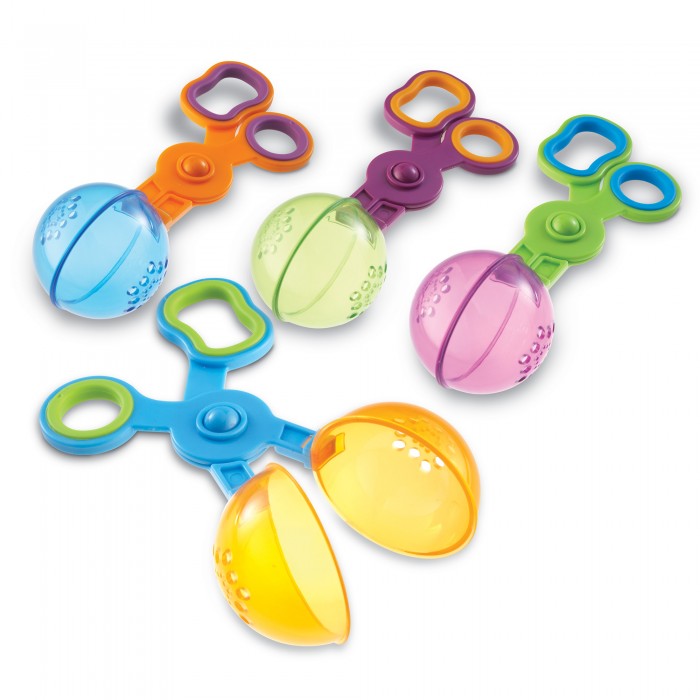 0
0 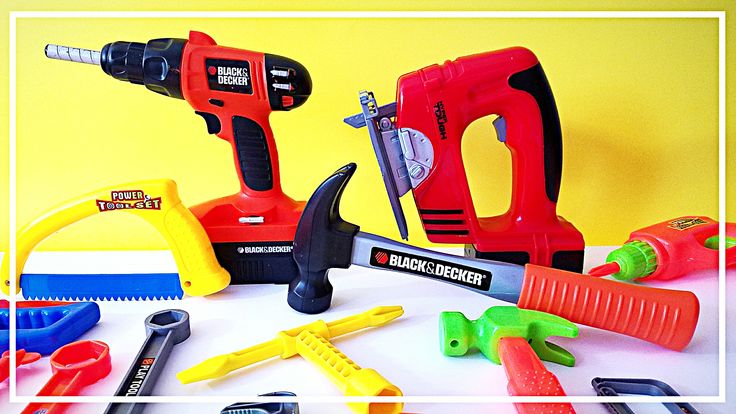 5. Functions and Graphs Rus
5. Functions and Graphs Rus 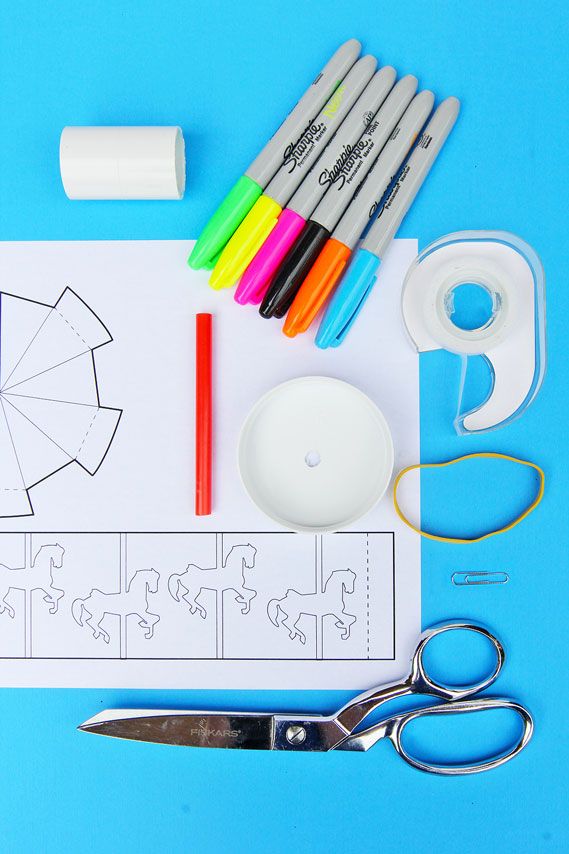 A. Nekrasov
A. Nekrasov  Art of Western Europe
Art of Western Europe 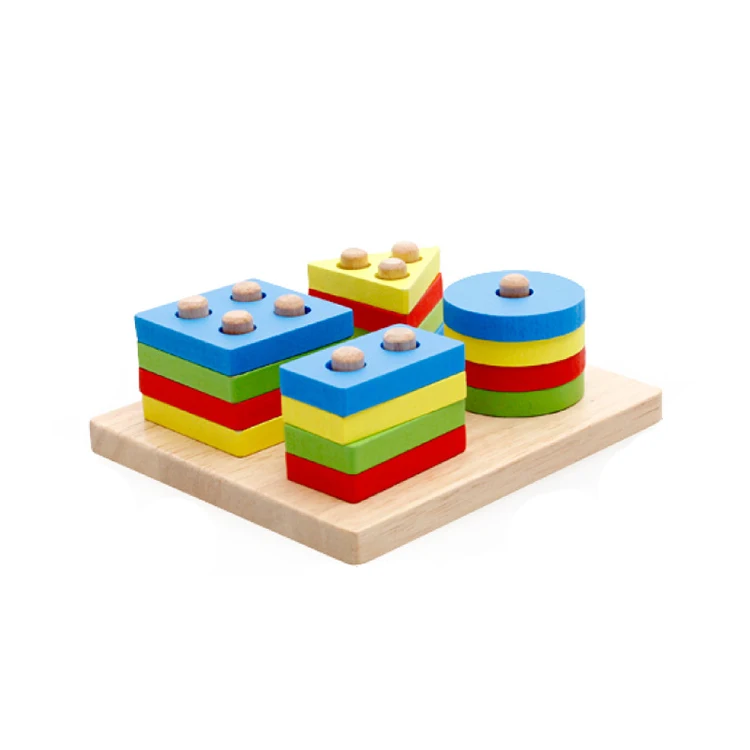
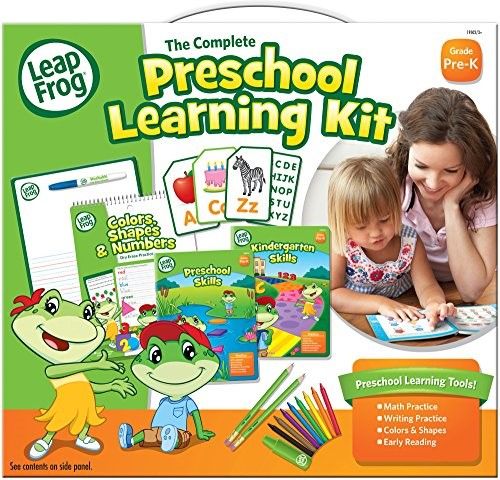
 Recognition of the success of each as significant for the entire community, the value of each contribution to the overall development, the formation of lyceum and supralyceum patriotism
Recognition of the success of each as significant for the entire community, the value of each contribution to the overall development, the formation of lyceum and supralyceum patriotism 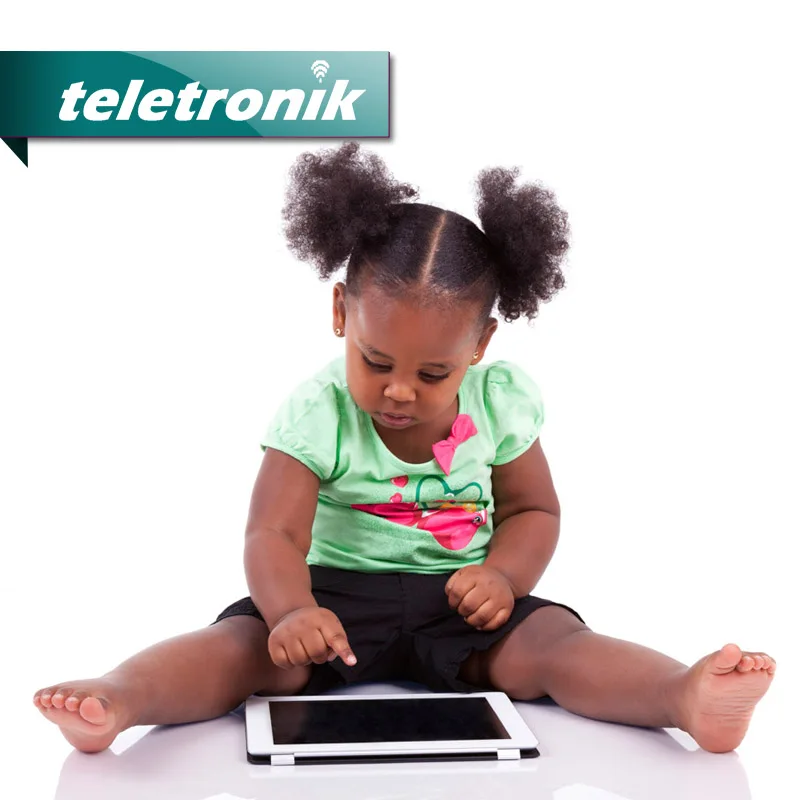
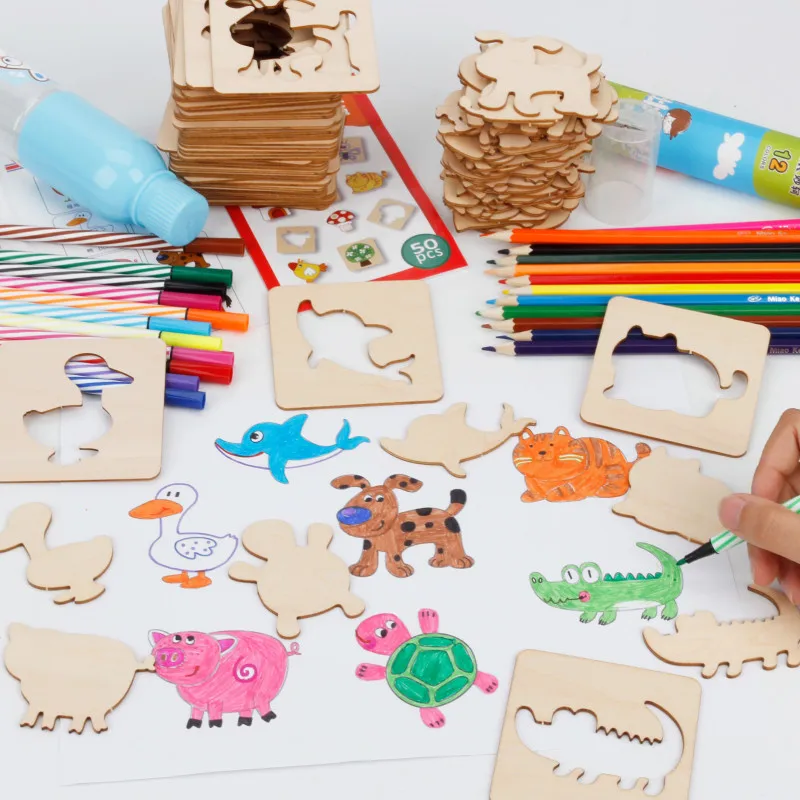


 Formation of right-loyalty.
Formation of right-loyalty.  Formation of patriotism. Formation of a respectful attitude towards older people
Formation of patriotism. Formation of a respectful attitude towards older people 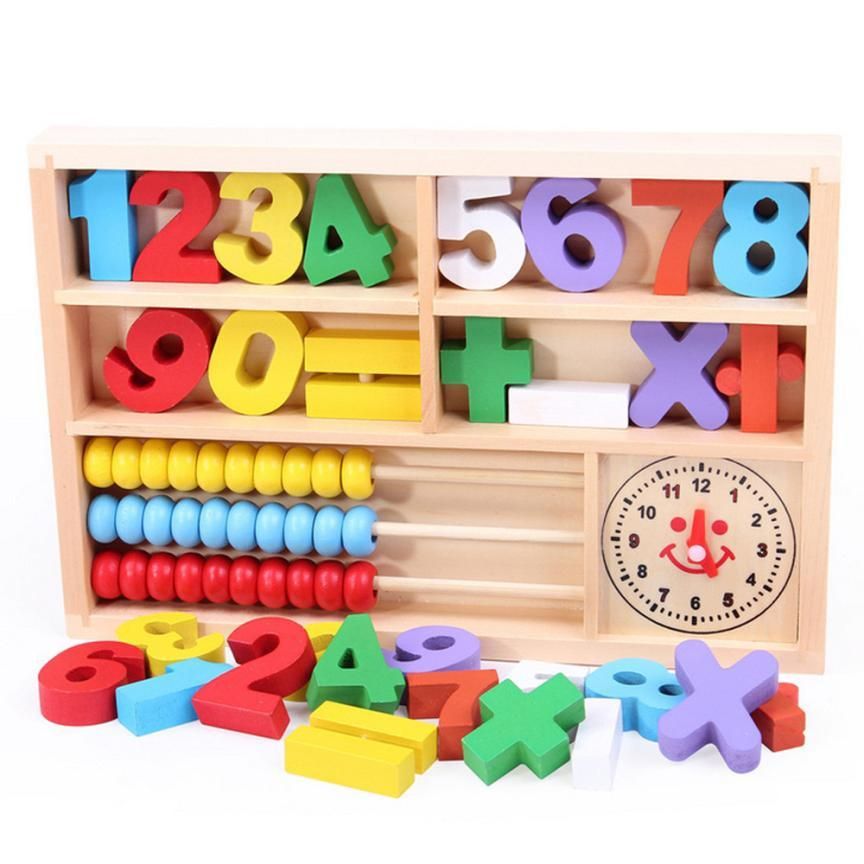 The reading unit must determine the position of the stylus (mouse function) at the moment it is pressed against the screen surface, and ensure the operation of the interactive mode. The diagonal of the active surface is not less than 78'' - the possibility of holding meetings with the participation of remote users using third-party software;
The reading unit must determine the position of the stylus (mouse function) at the moment it is pressed against the screen surface, and ensure the operation of the interactive mode. The diagonal of the active surface is not less than 78'' - the possibility of holding meetings with the participation of remote users using third-party software;  - - gallery of educational materials, including multimedia and Flash animation, lesson templates, ready for use by the user
- - gallery of educational materials, including multimedia and Flash animation, lesson templates, ready for use by the user  - AC adapter - 2; - replacement tips for the stylus - 4
- AC adapter - 2; - replacement tips for the stylus - 4  Ability to rotate the image in increments of 90 degrees. Weight no more than 2.5 kg. The minimum size of the coverage area is 40 cm x 30 cm. Possibility of obtaining a still frame of the video and applying annotations to the resulting image. Scope of delivery: Camera with 2 adjustable lamps - 1, microscope adapter - 1, USB connection cable - at least 2 m, software (on CD) - 1.
Ability to rotate the image in increments of 90 degrees. Weight no more than 2.5 kg. The minimum size of the coverage area is 40 cm x 30 cm. Possibility of obtaining a still frame of the video and applying annotations to the resulting image. Scope of delivery: Camera with 2 adjustable lamps - 1, microscope adapter - 1, USB connection cable - at least 2 m, software (on CD) - 1. 